PNe
statistics, part 5
We are still attempting the same general idea as before, but now
looking at light distributions around PNe vs. not around them. As
before, we are breaking the image up into small square regions and
addressing the data in each of them.
NEW THING: Regions are now selected according to this method:
-find the distance between every PN pair
-for those pairs that can fit in the same box (width specified by
2*range + 1), place a box halfway between them
-do NOT eliminate any boxes just because they overlap
To select our regions we used three methods:
1) (magenta)
pick each region so that there are 2 or more PNe in it
2) (red)
center each region on a PN, so that there are as many regions as PNe
3) (green)
center each region randomly in the image, but only select as many
regions as there are PNe, for consistency
4) (blue)
select each region randomly but make sure that it contains exactly ZERO
(0) PNe
These three methods are applied on the masked and unmasked
images (side by side) with ranges (related to size of region) of 20,
25, 30, 35, 40.
For each field (masked or unmasked), the median of each method was also
determined and is shown on the graph as "med=##"
The masked images are masked with our best mask, down to u = 25, as shown on this earlier page.
These medians are collected and plotted as a function of range, shown at the bottom
of this page.
This was performed on 3.fits, 4.fits,
and 7.fits, using PNe catalog data from Feldmeier.
Old difference: now, with the PNe >= 2 histogram, the curious humps
in the graphs are made clearer with images that are also included
showing where each histogram randomly chose its PNe >= 2 regions.
These follow each pair of histograms
code: PNe4.sm PNe4 <-- goes through and does computations, preps
data for graphing, and stores median values in different file for each
field/range and calls PNe4g, see next line
PNe4.sm PNe4g
<-- goes through and generates all the .ps files
as shown converted to .gif below
PNe4.sm PNe4m
<-- takes data file meds.dat and generates bottom two figures
cat.sm
cat <-- takes all the .med files
generated by PNe4 and makes them into a big collection that PNe4m can
read and graph Deltas
Feld.sm
FeldOld <-- converts .2found.dat files to .reg files for displaying
as region files in ds9 and getting the .jpgs that show regions and PNe
together
This bunch of files has gotten ridiculously long, so here's a handy
index to get to where you might (or might not) want to go:
3.fits 4.fits
7.fits
Plots of Delta as functions of
Range
R10 R10 R10
Delta(2,0) = PNe(2)
- PNe(0)
R15 R15 R15
3.fits - unmasked
R20 R20 R20
3m.fits - masked
R25 R25 R25
4.fits - unmasked
R30 R30 R30
4m.fits - masked
R35 R35 R35
7.fits - unmasked
R40 R40 R40
7m.fits - masked
R45 R45 R45
Delta(1,0) = PNe(2)
- PNe(1)
R50 R50 R50
3.fits - unmasked
R55 R55 R55
3m.fits - masked
R60 R60 R60
4.fits - unmasked
R65 R65
R65
4m.fits - masked
R70 R70
R70
7.fits - unmasked
R75 R75
R75
7m.fits - masked
R80 R80
R80
R85 R85
R85
test line:
Deltas
3.fits
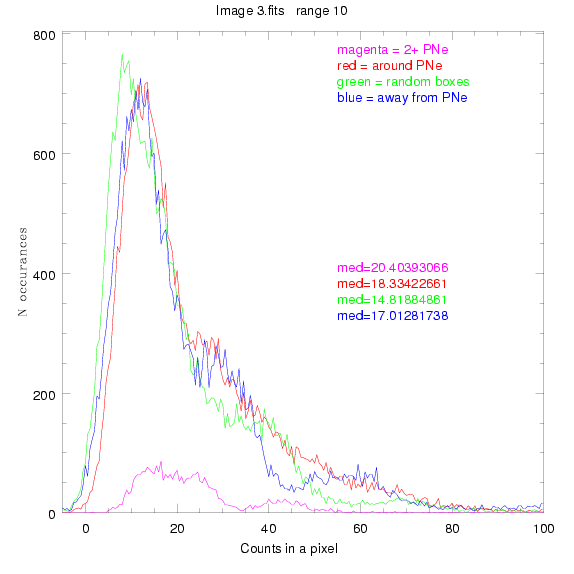
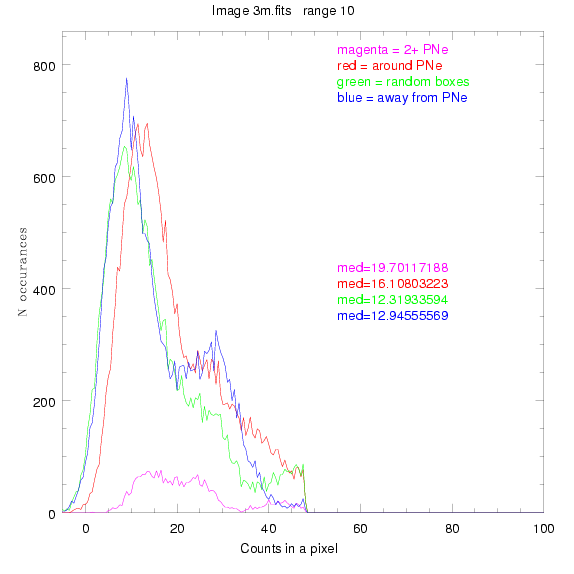
PNe >= 2 regions:
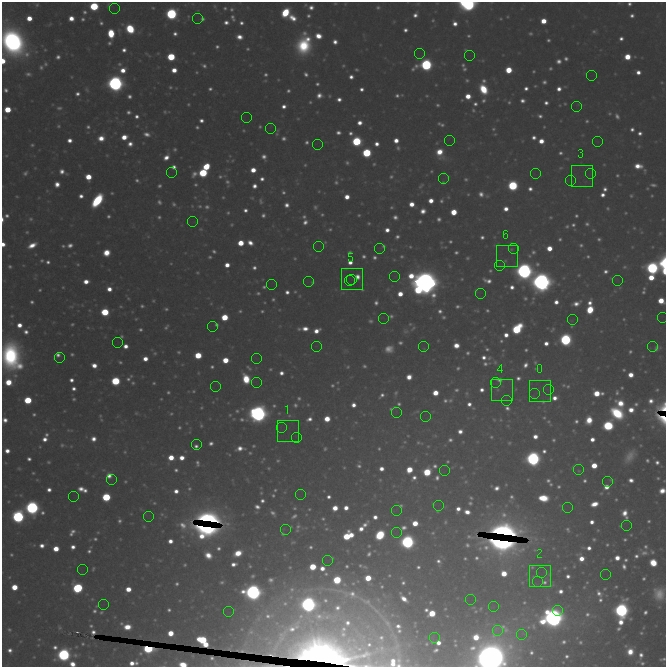


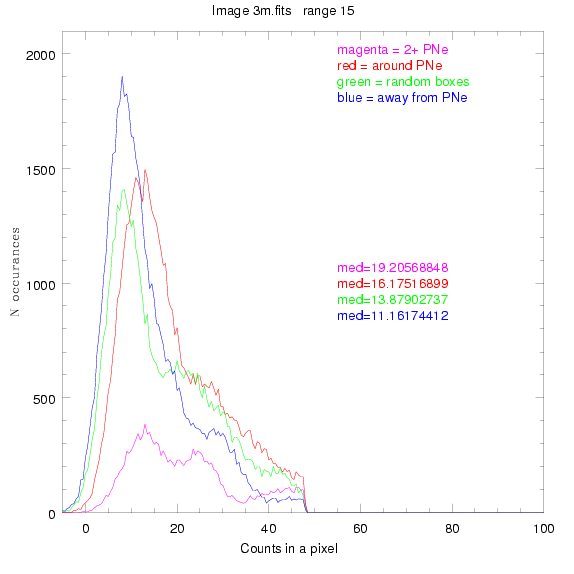
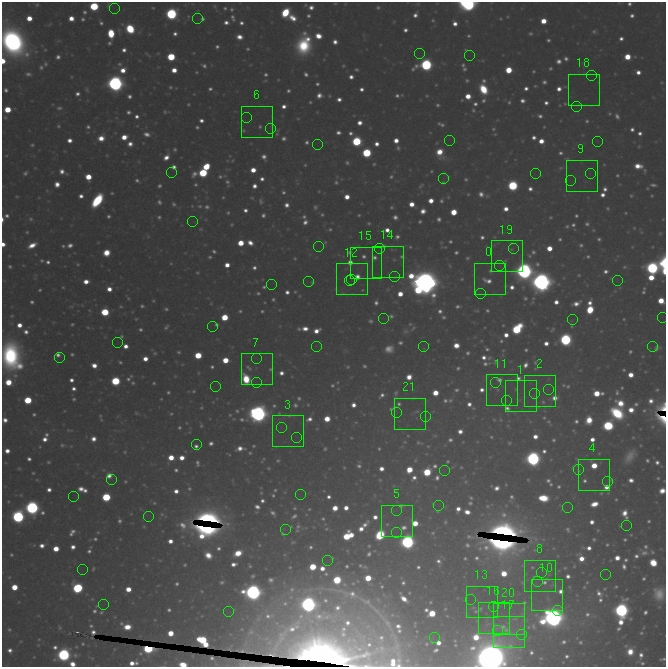
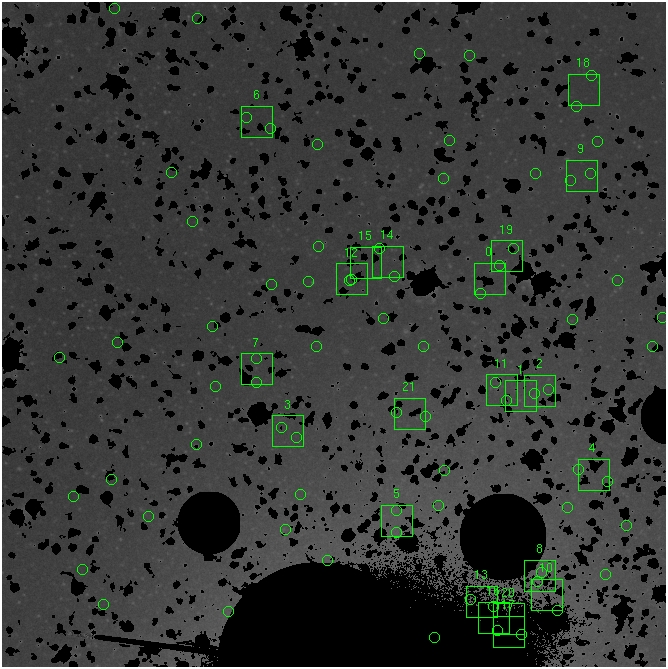


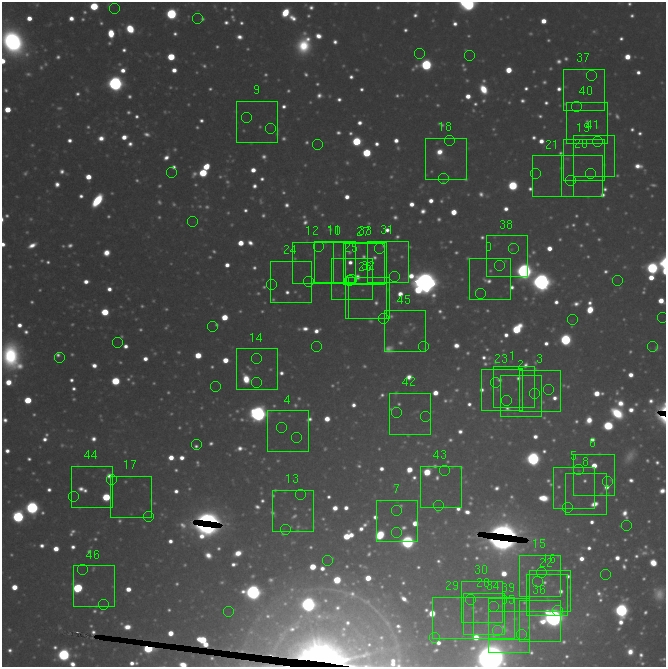


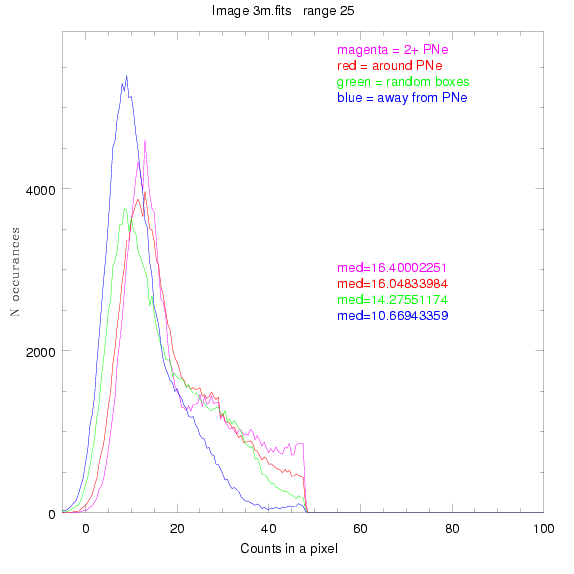
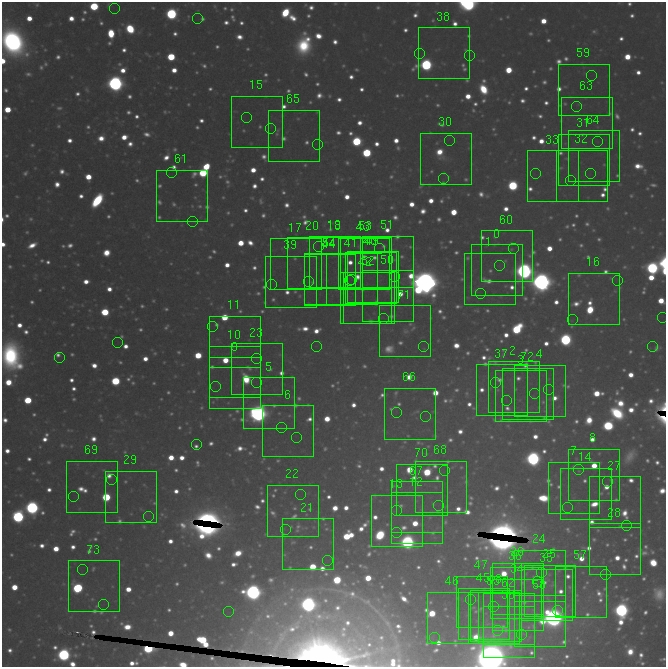
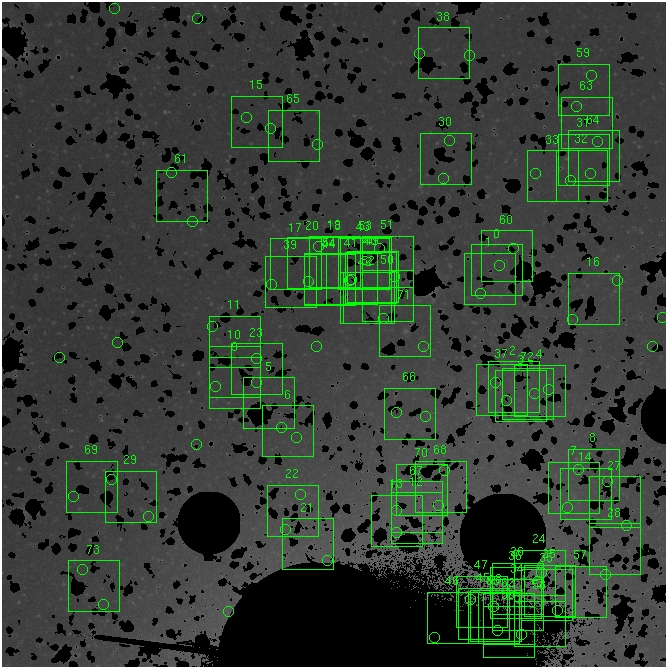
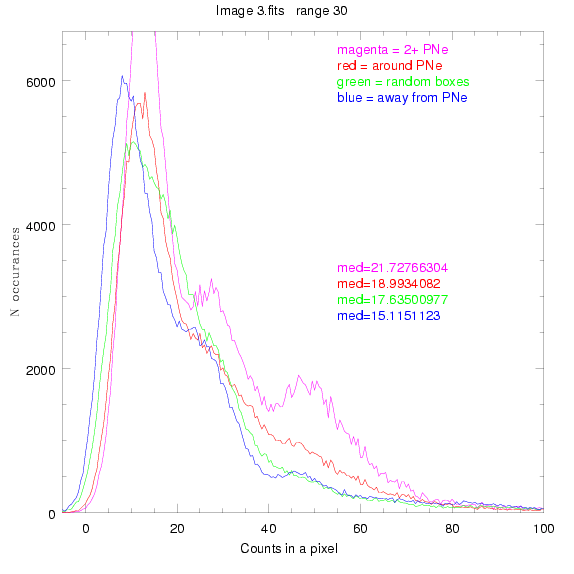
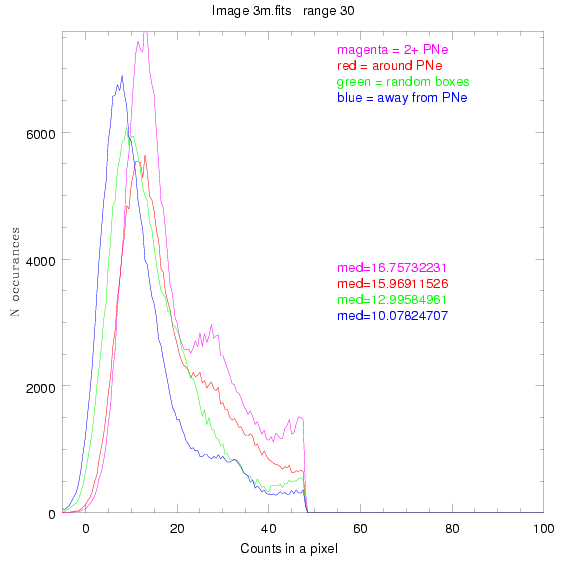

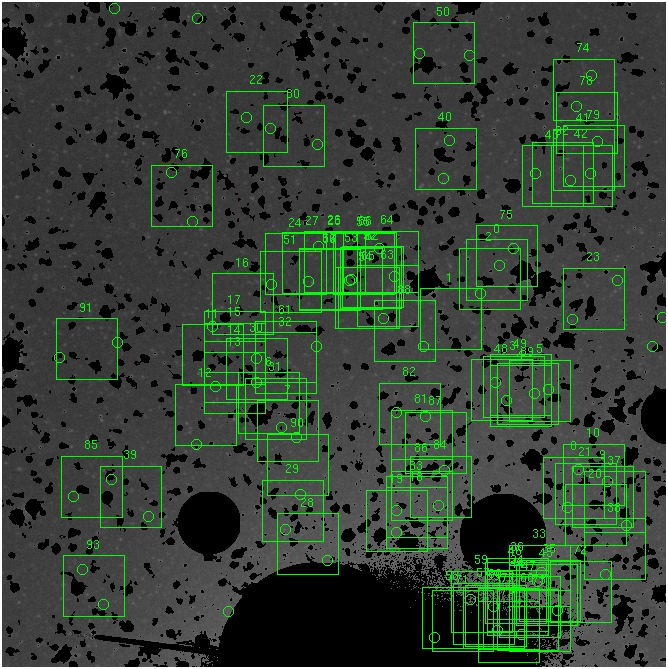
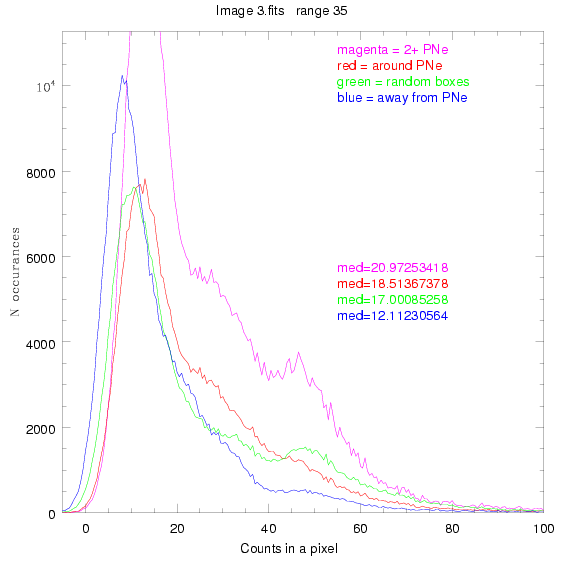

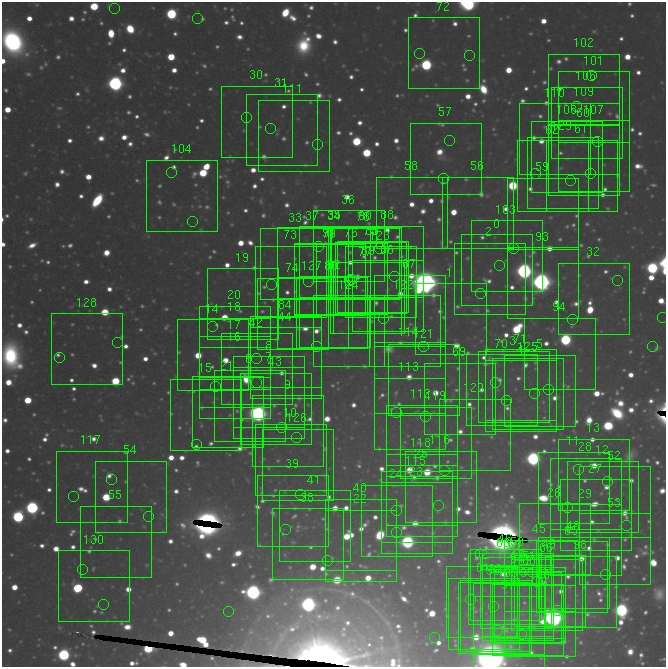
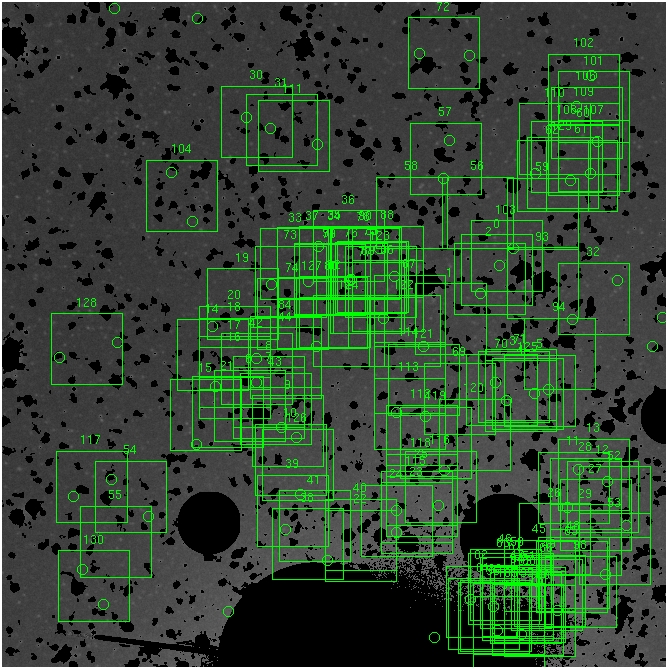
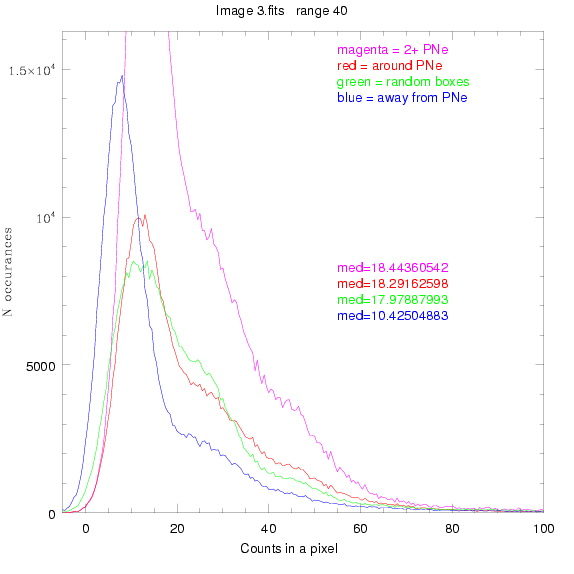
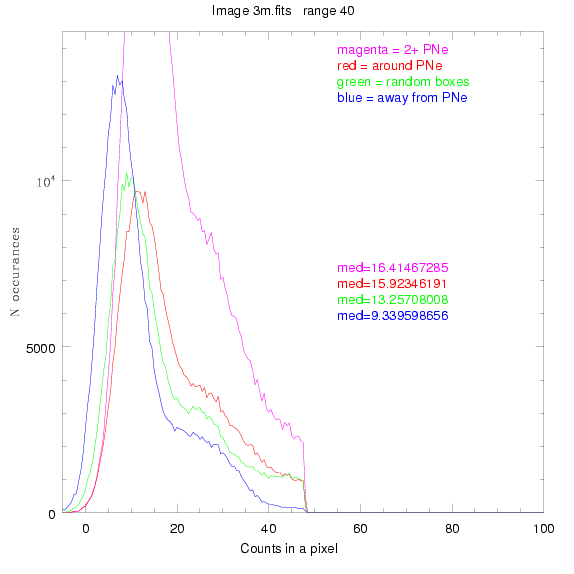

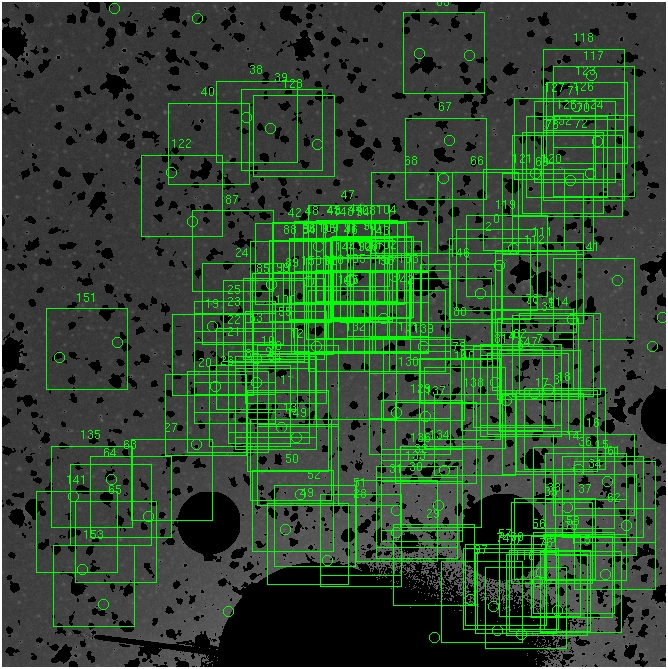
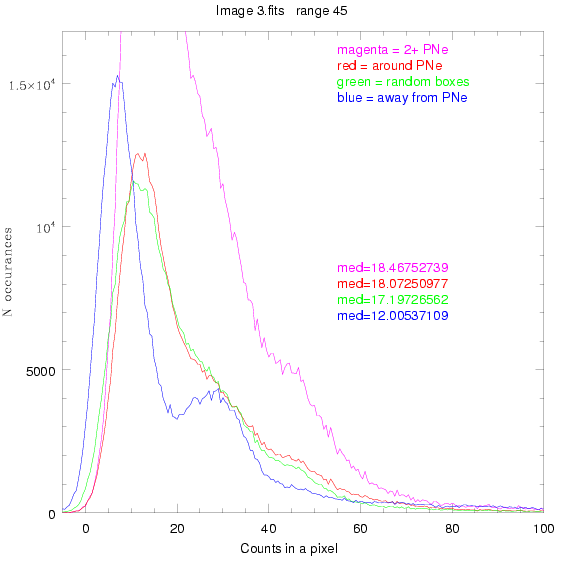
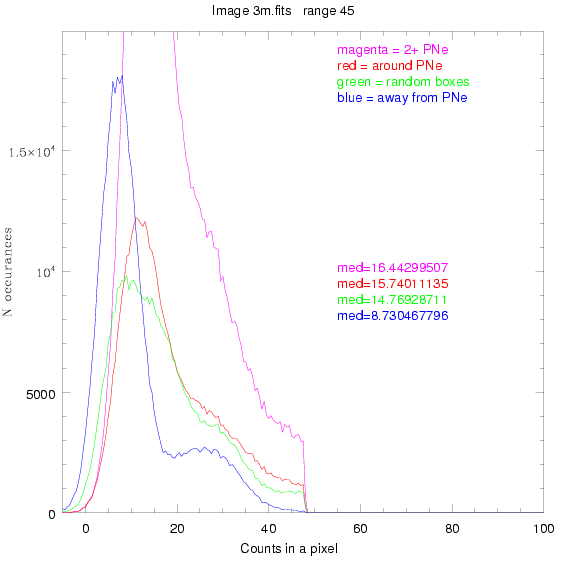
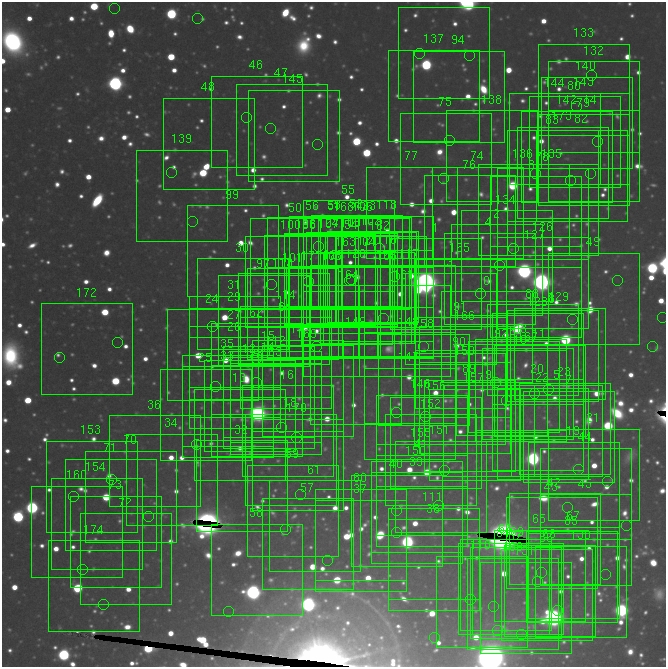
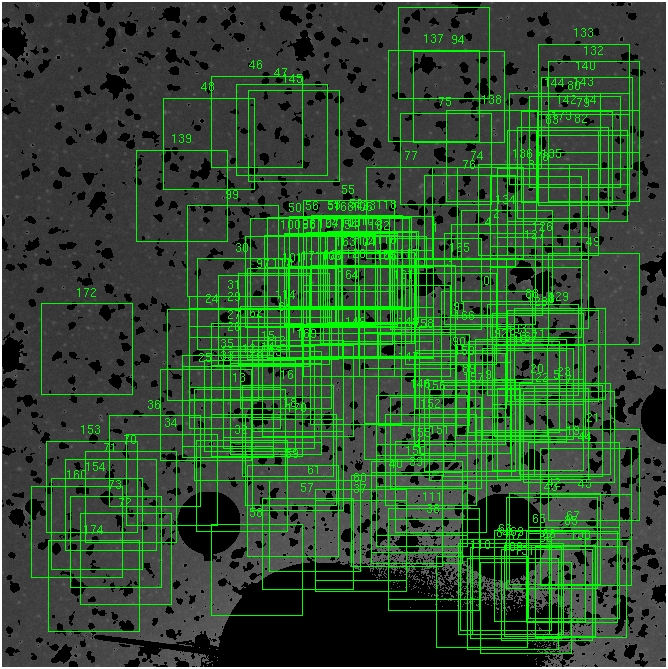

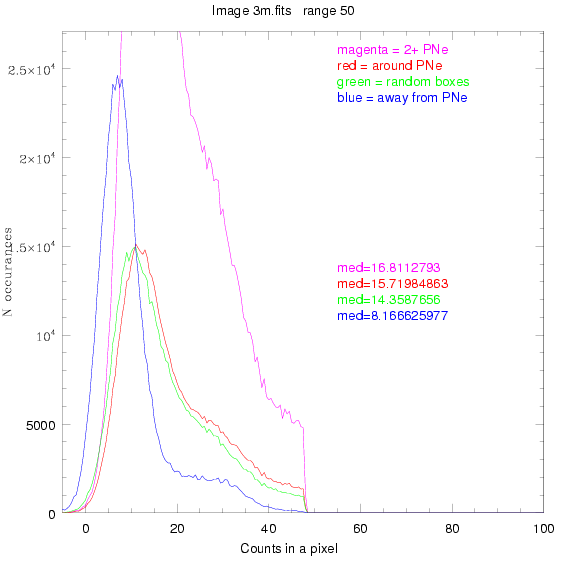

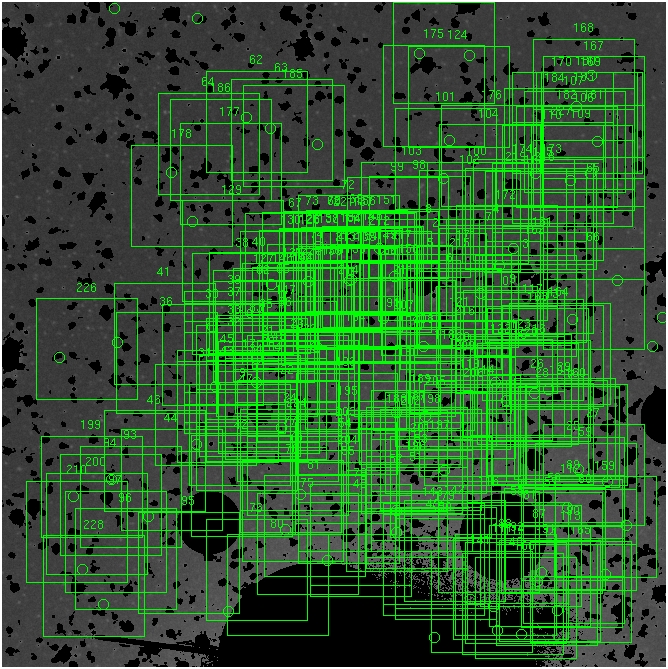
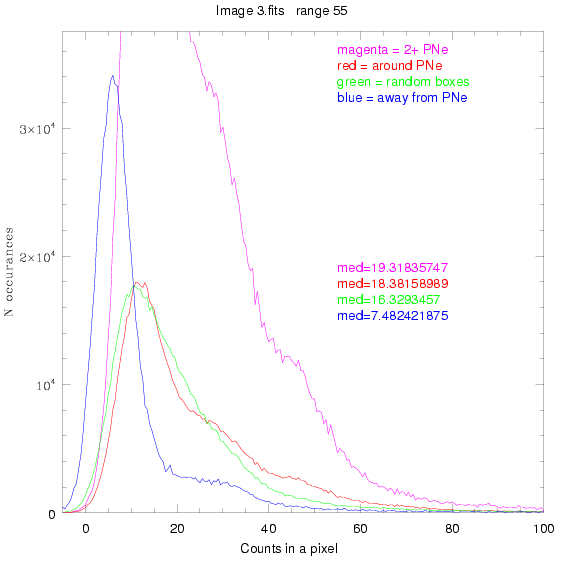
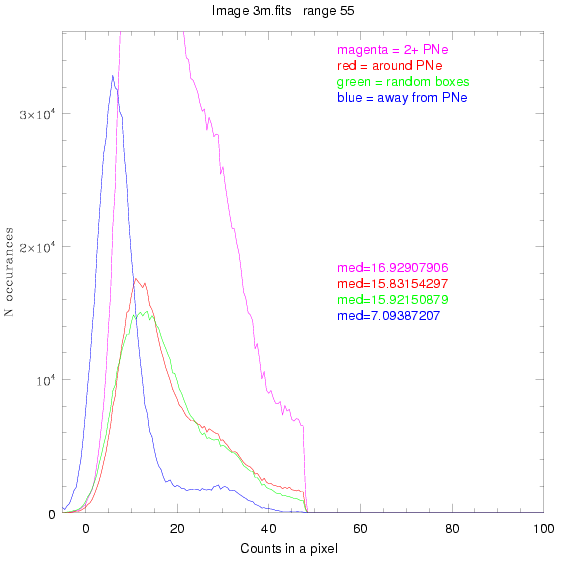

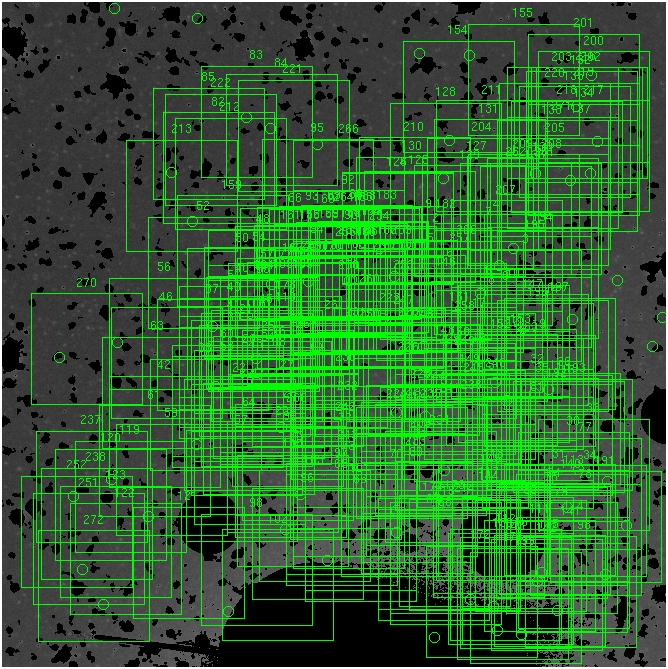


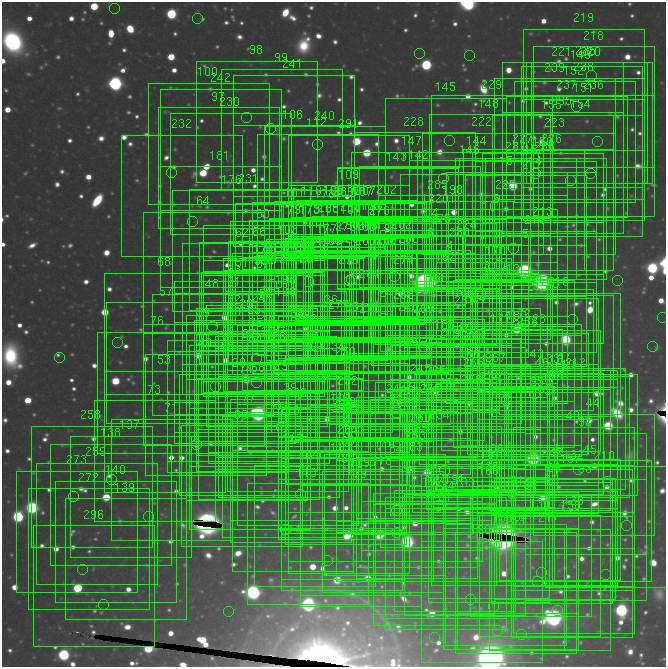

4.fits

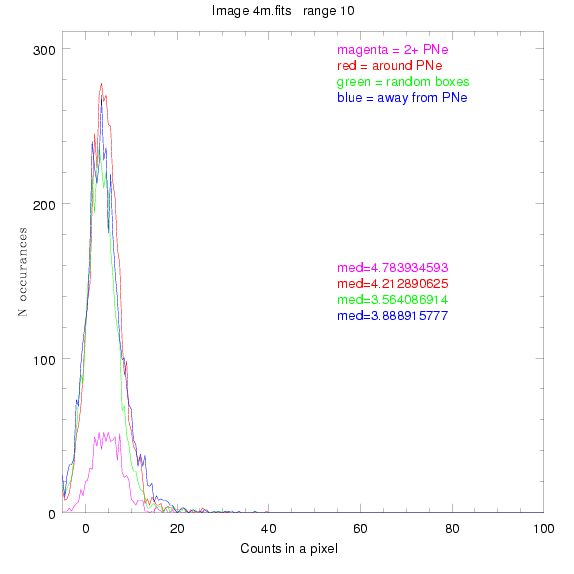
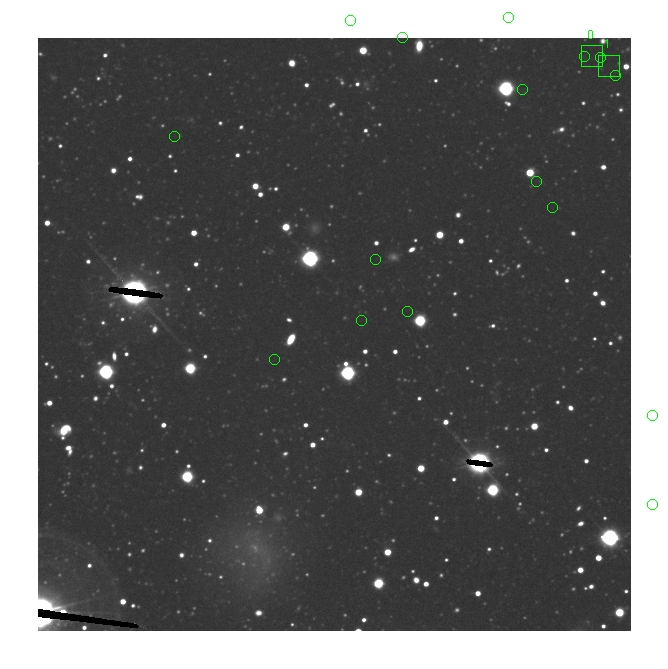

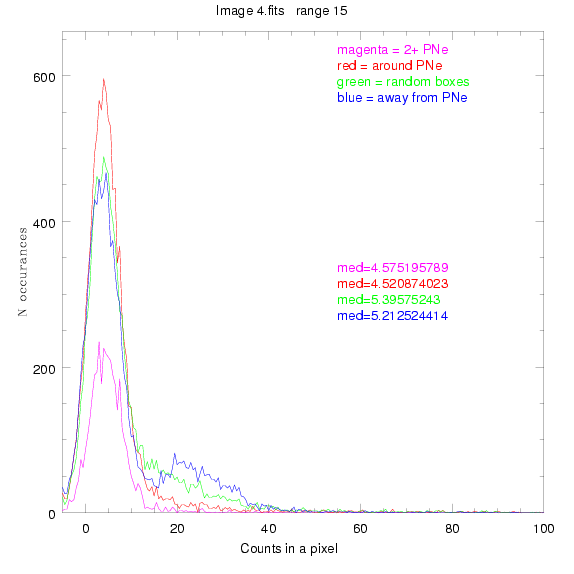
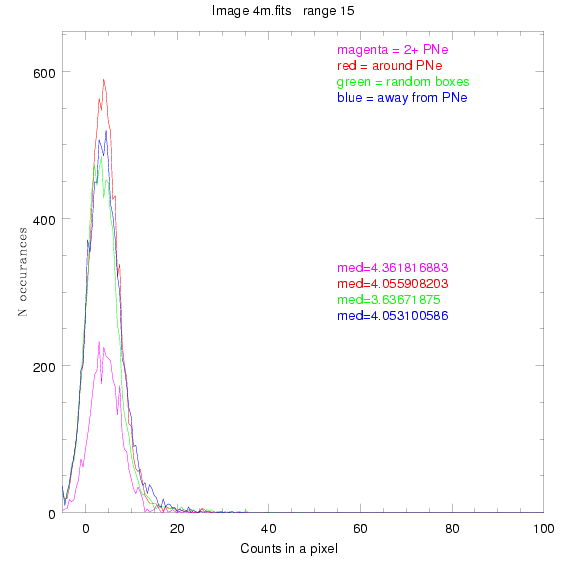

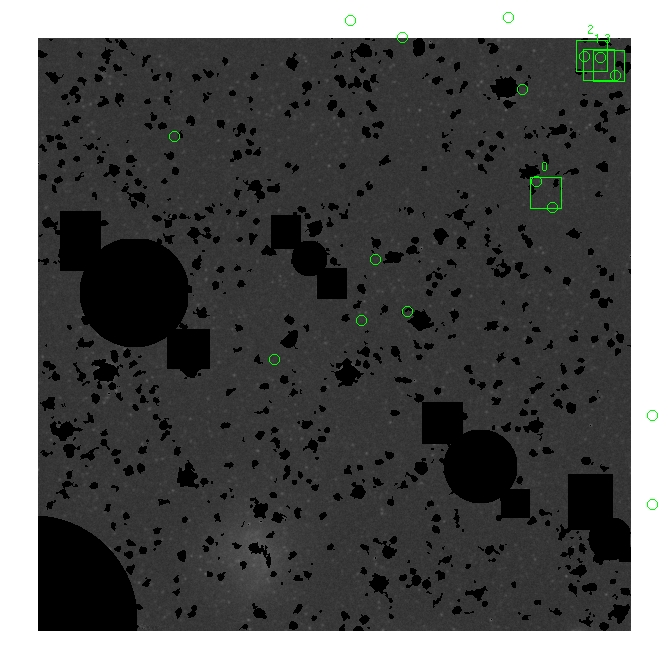
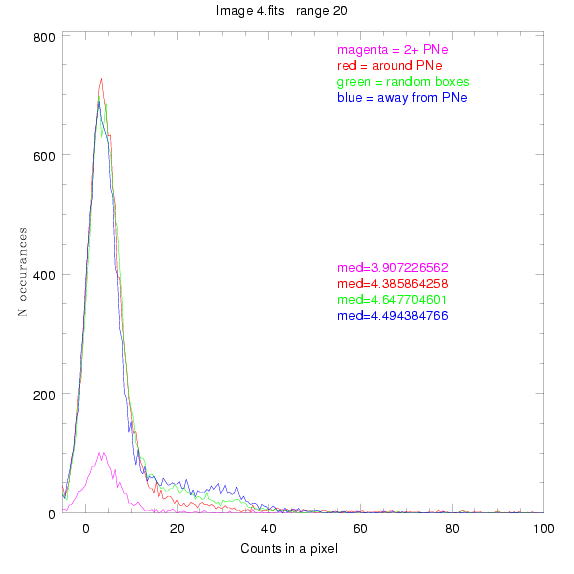
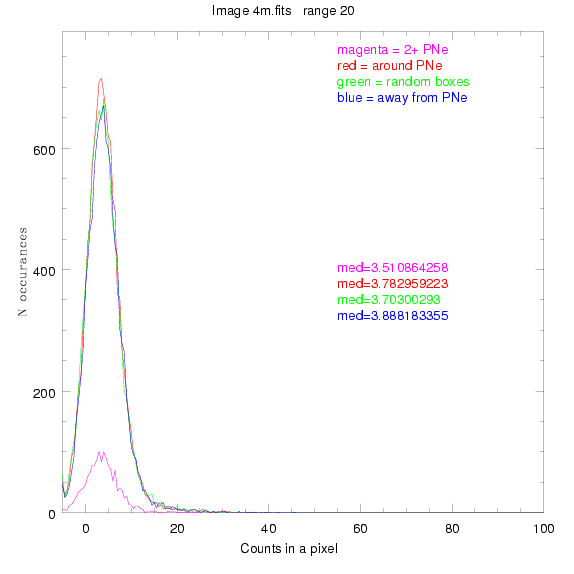

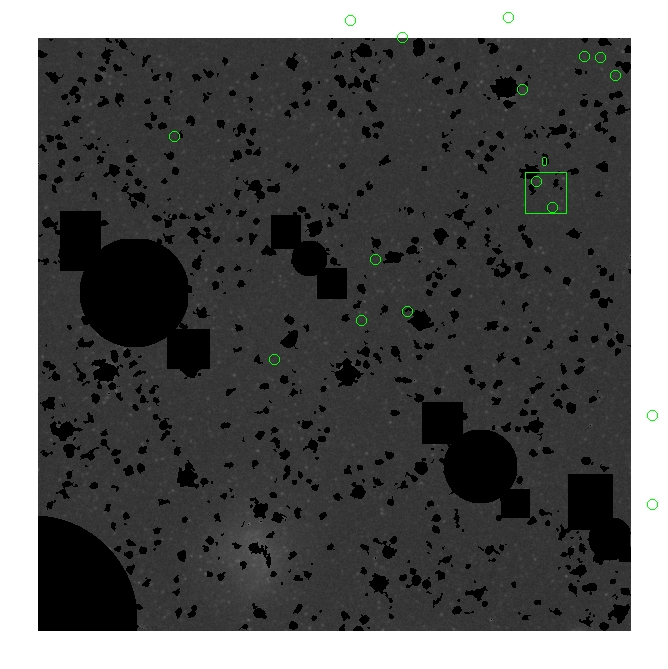
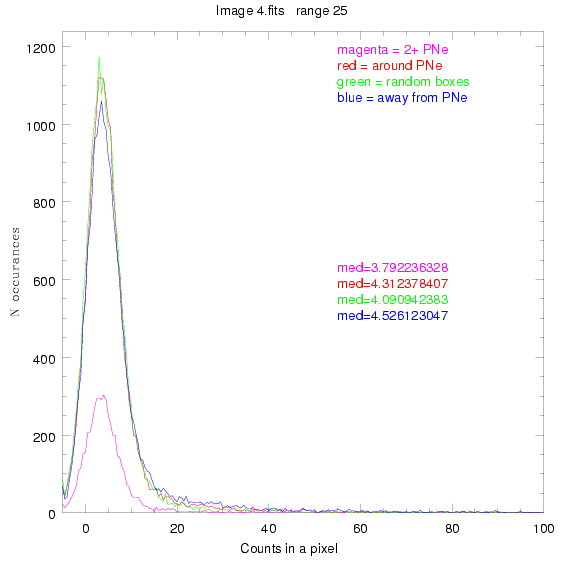

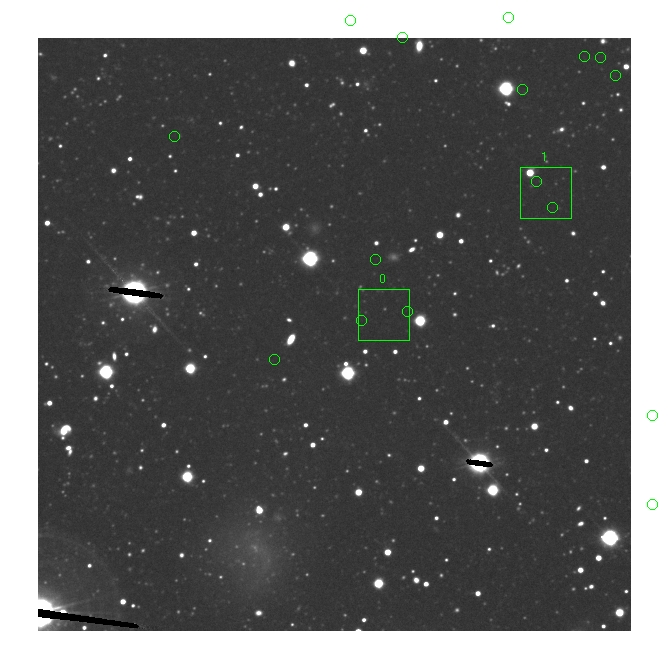

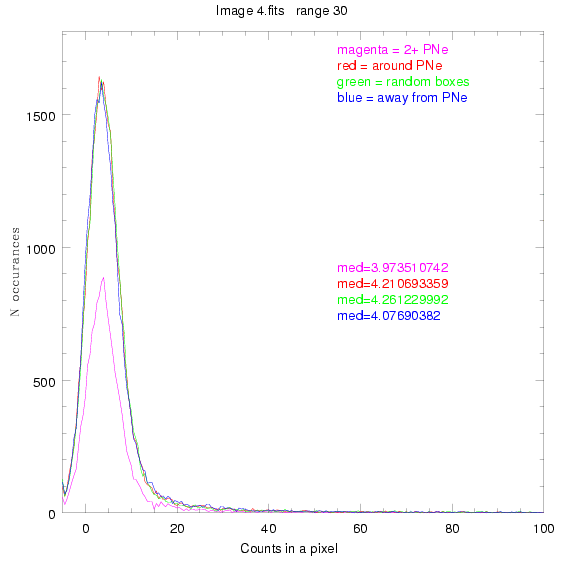

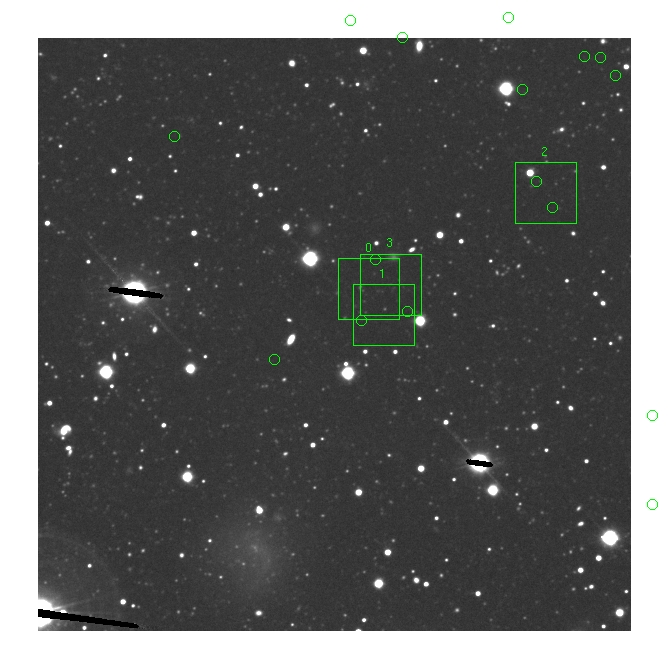
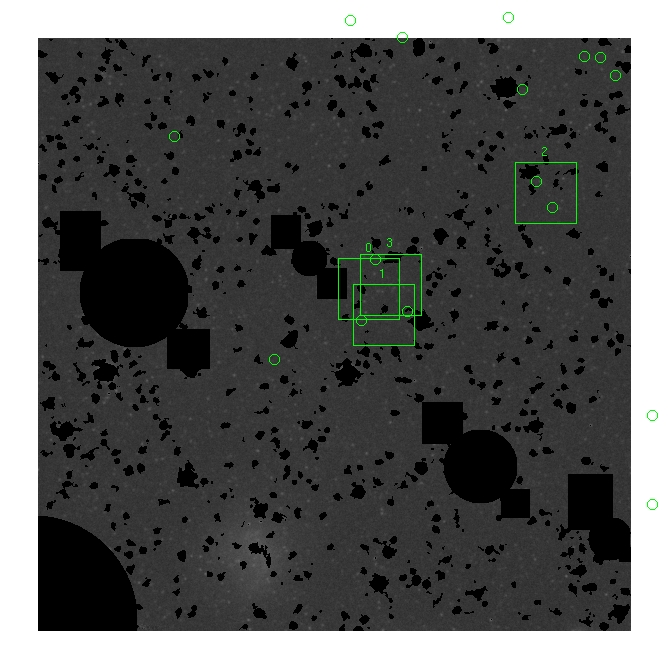

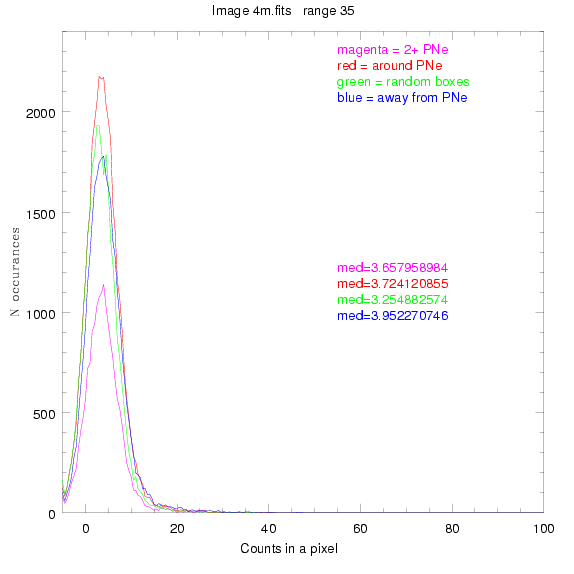
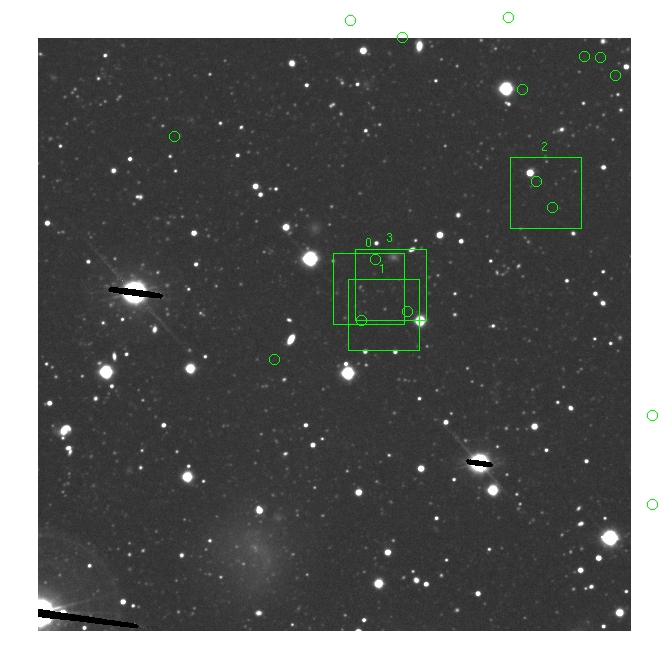


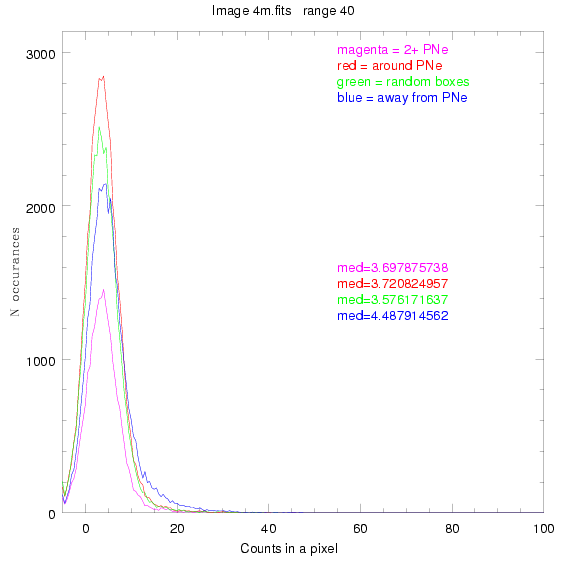
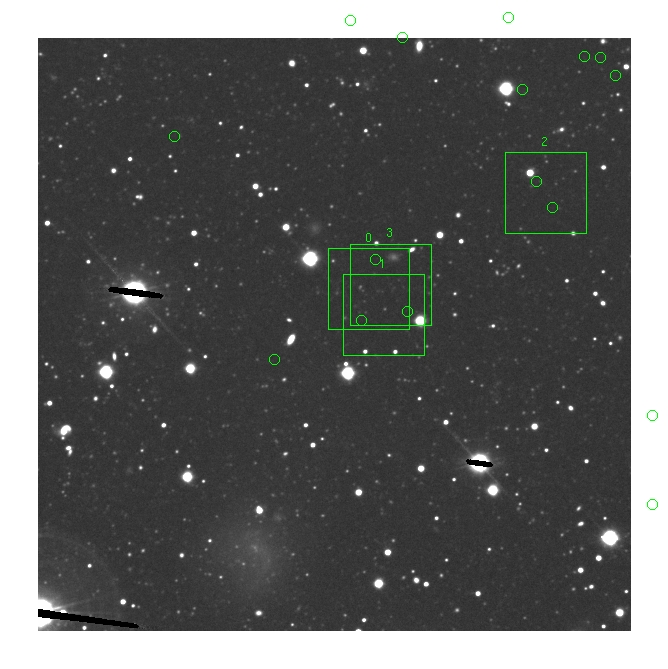


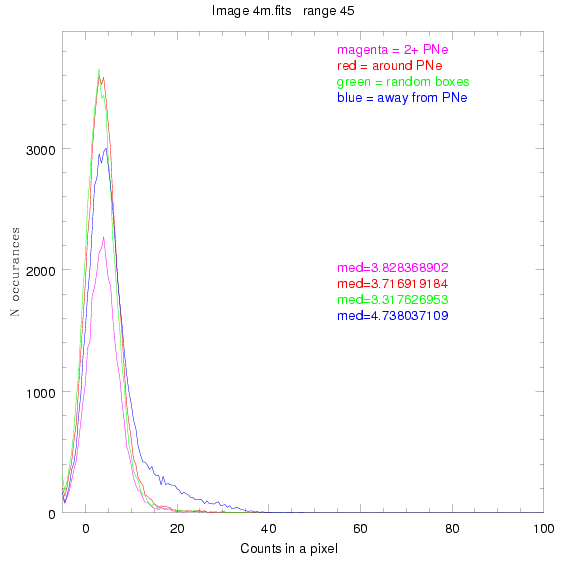

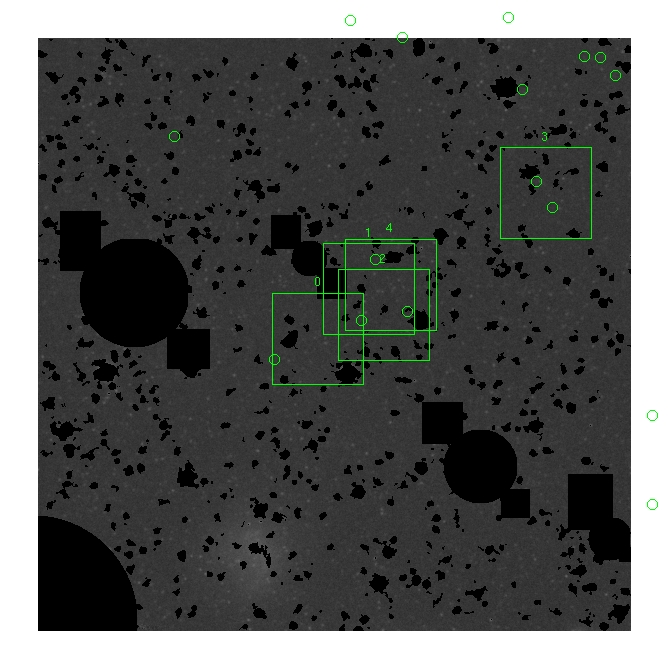
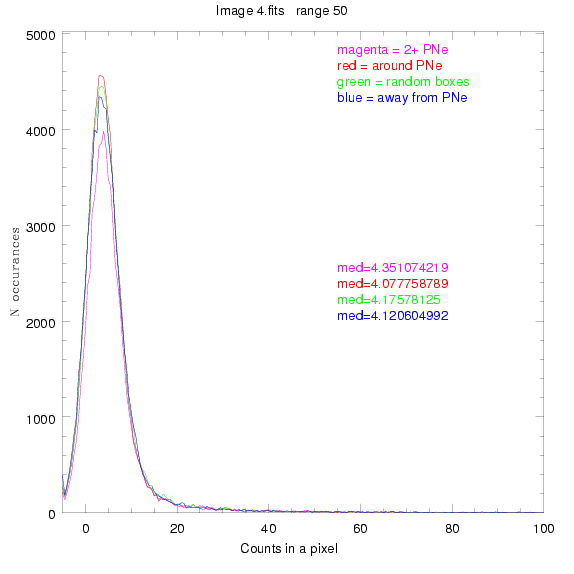
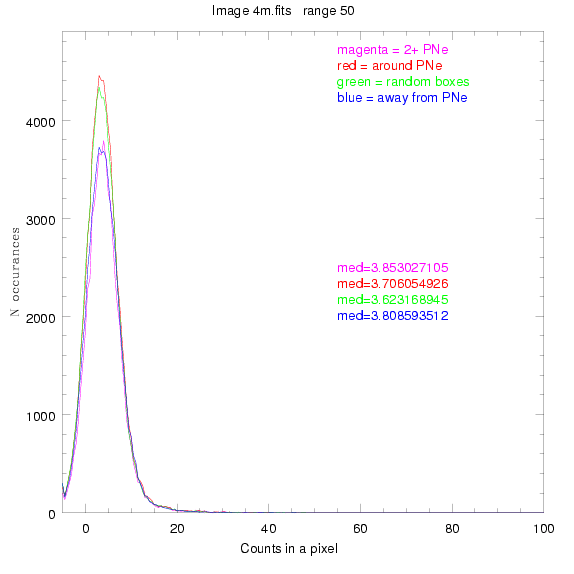
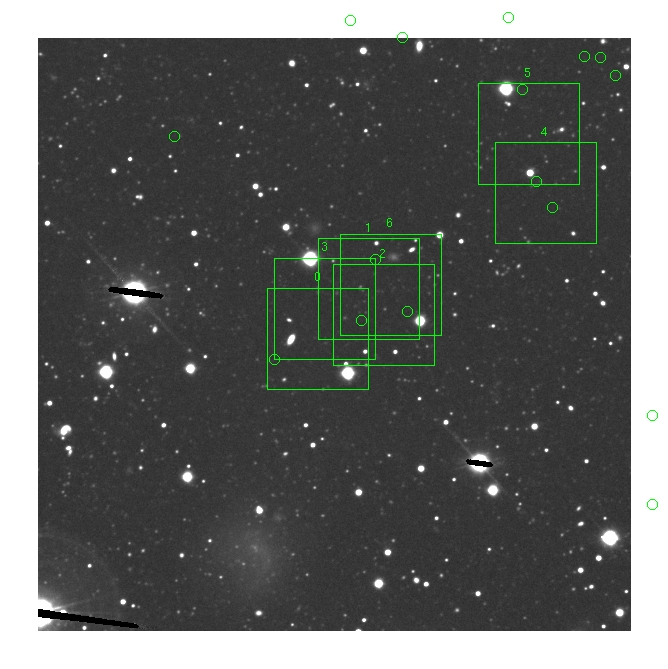
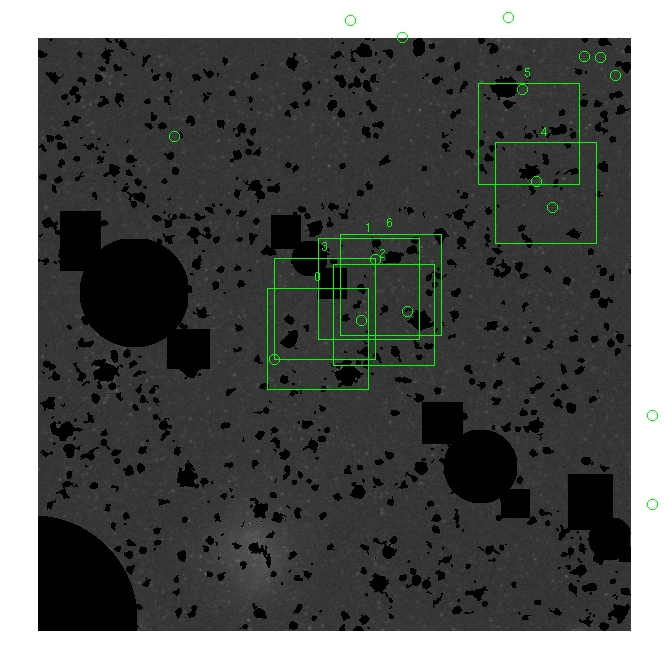
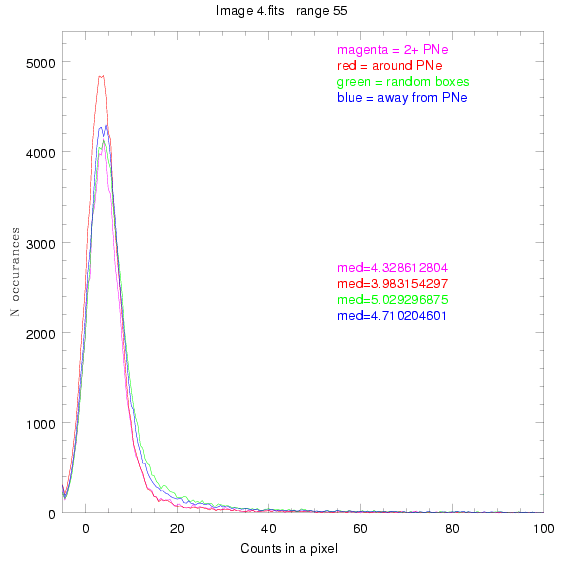

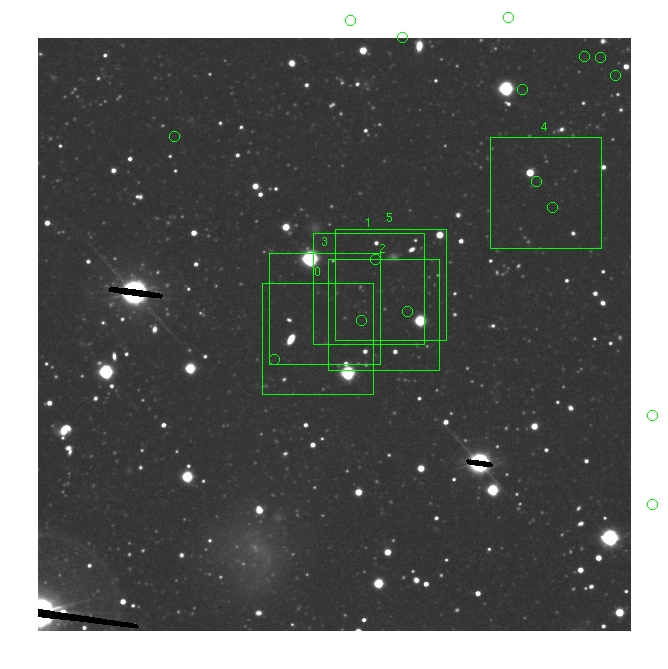
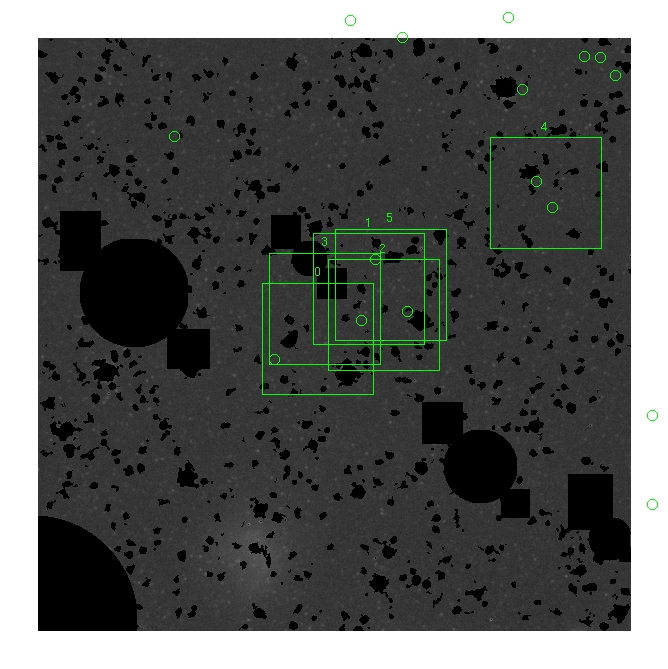

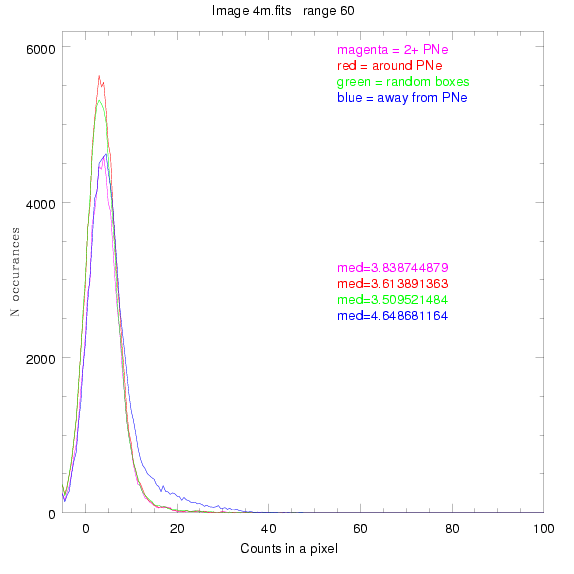

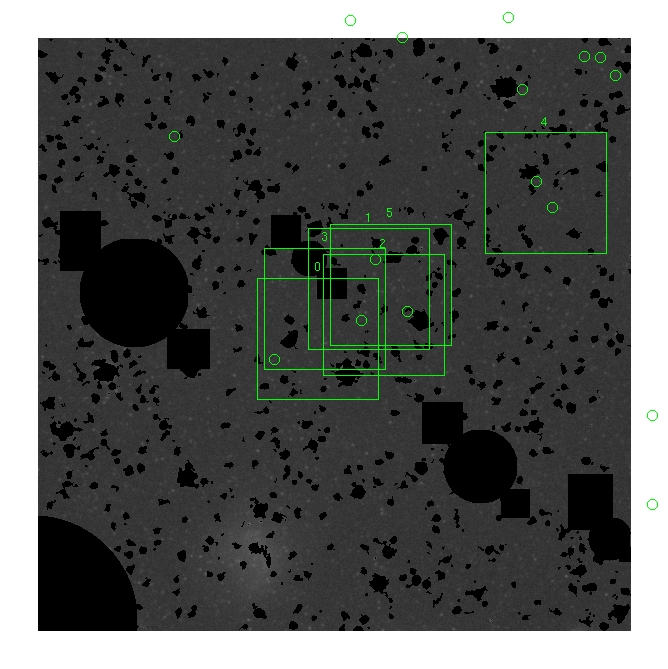
7.fits

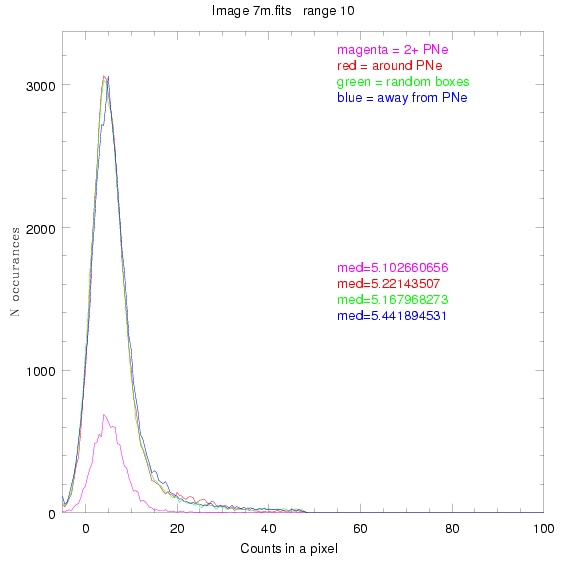

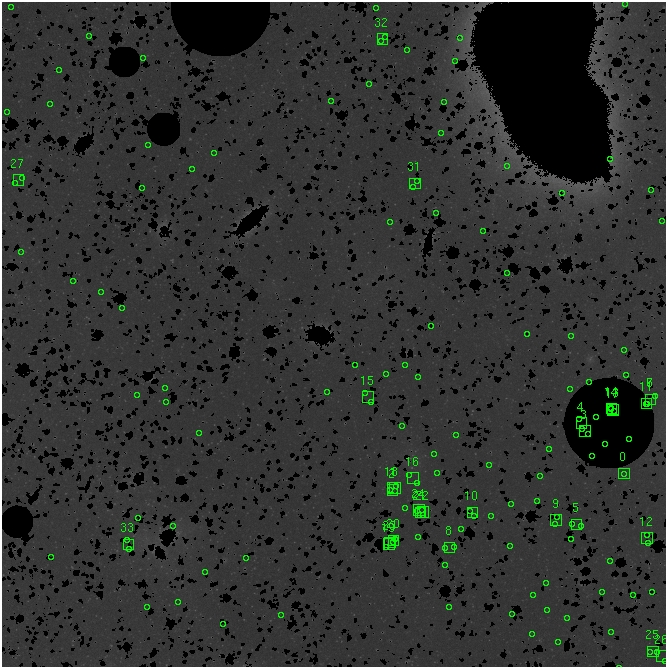
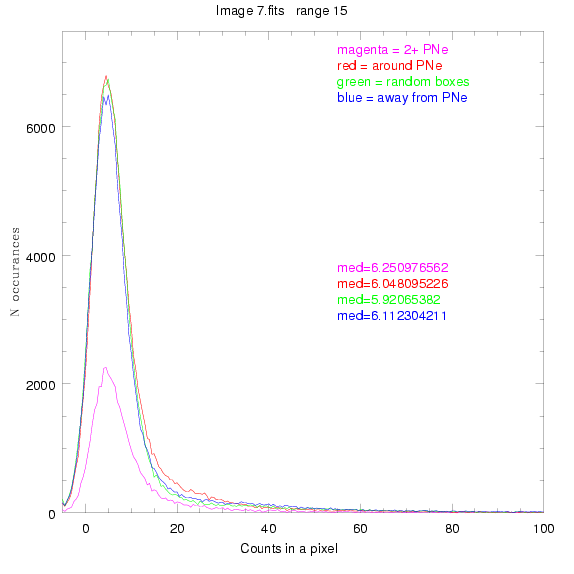

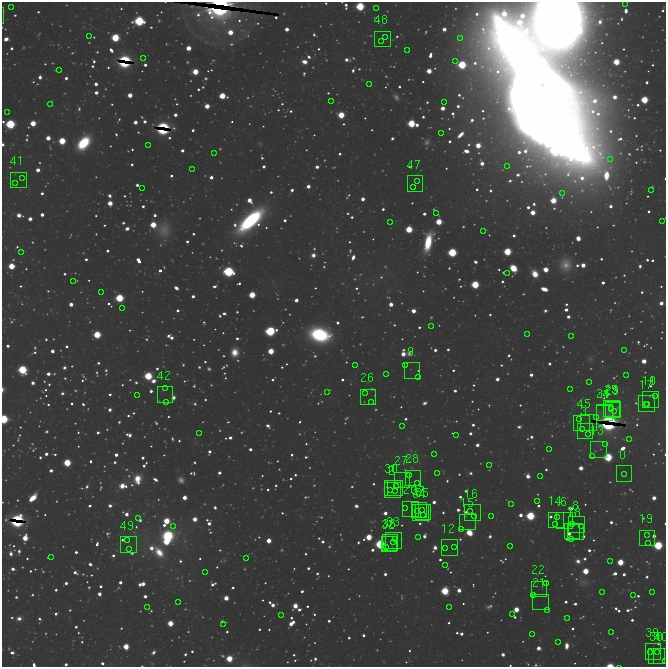
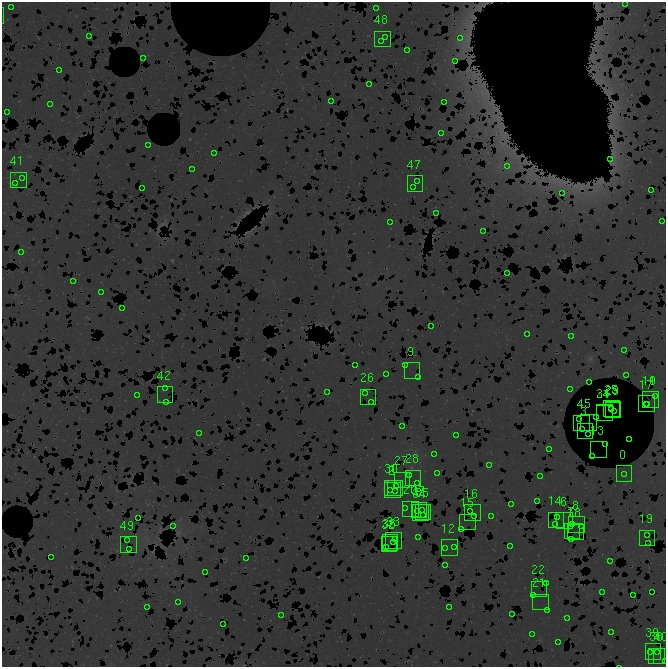
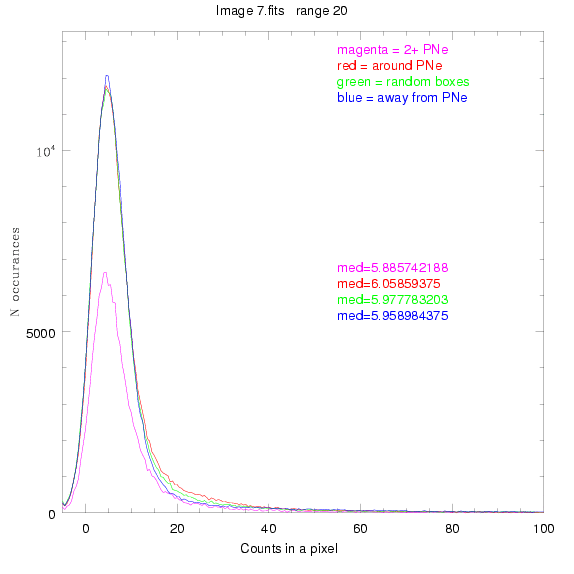
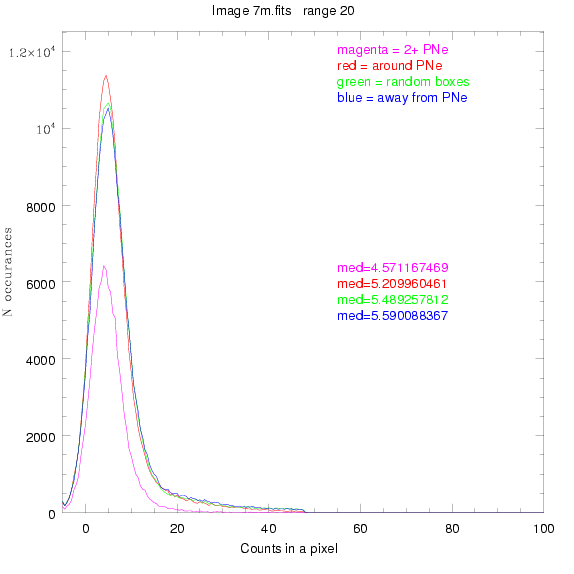
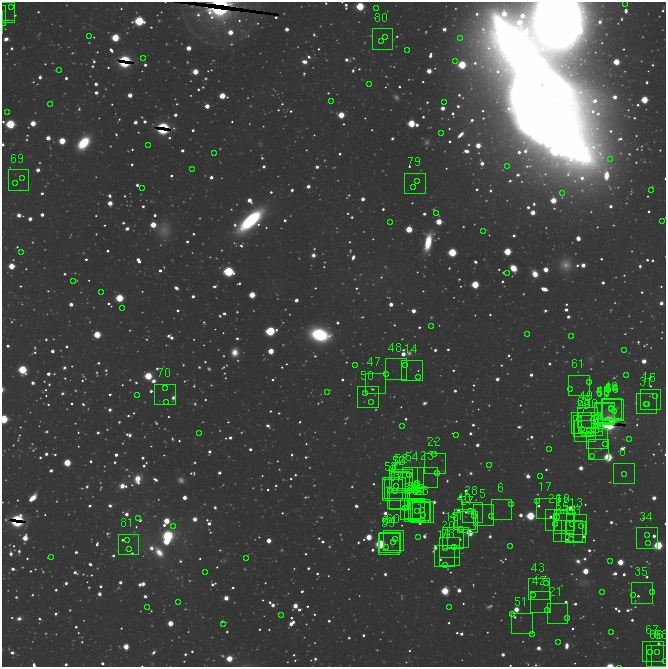
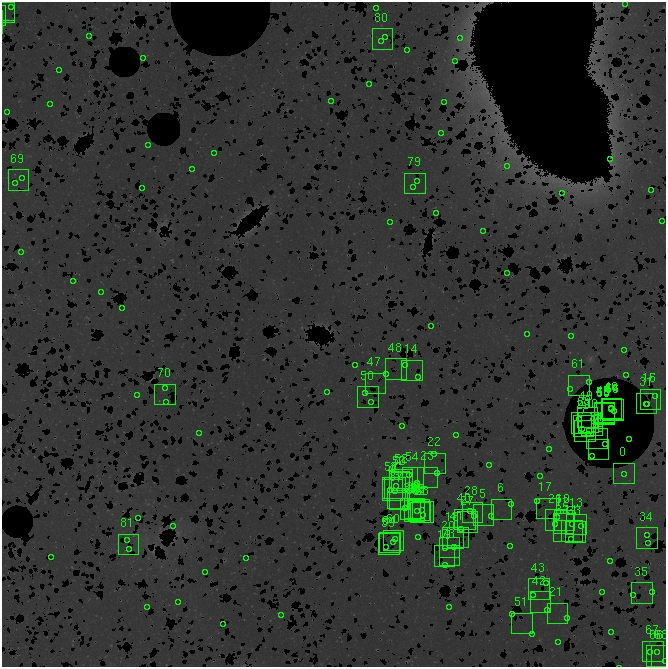
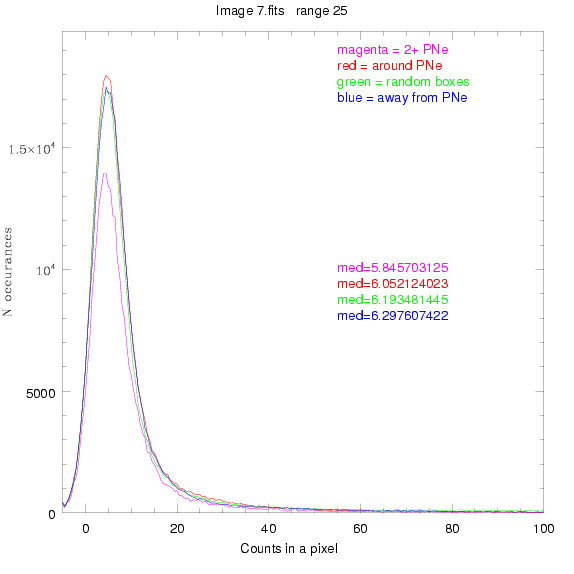
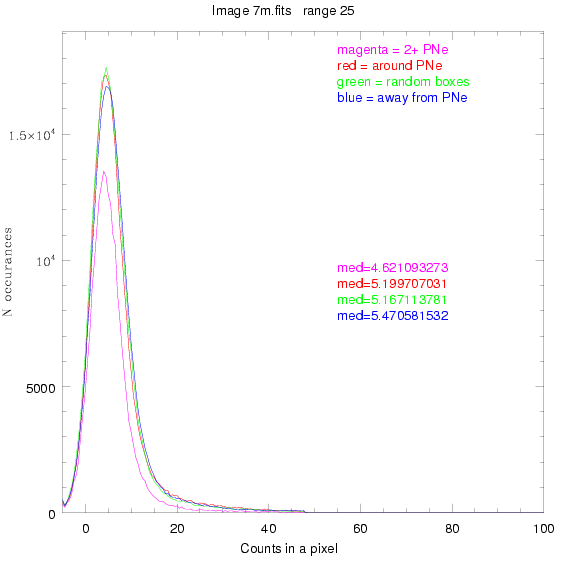

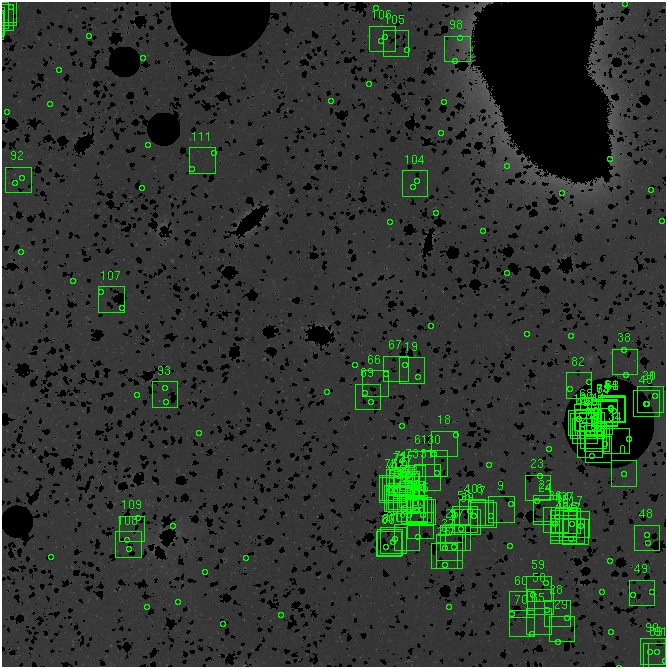
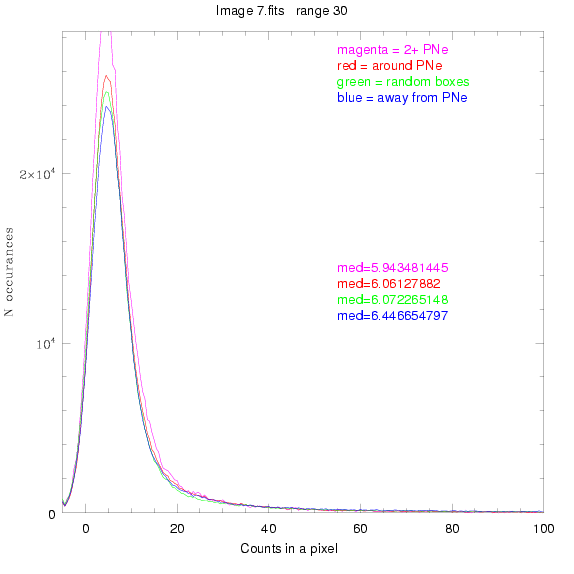
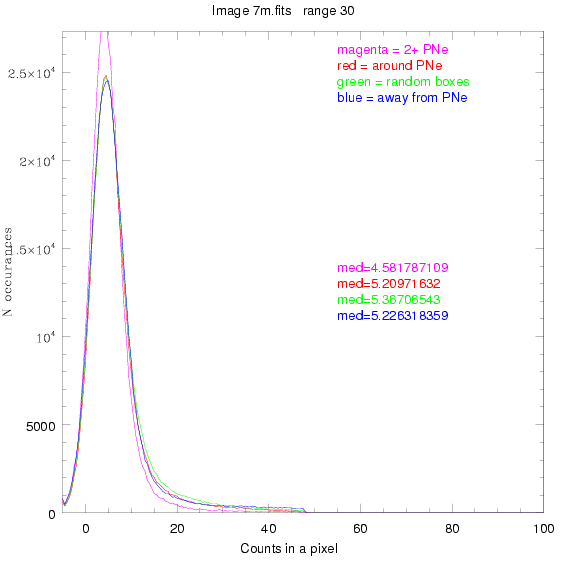



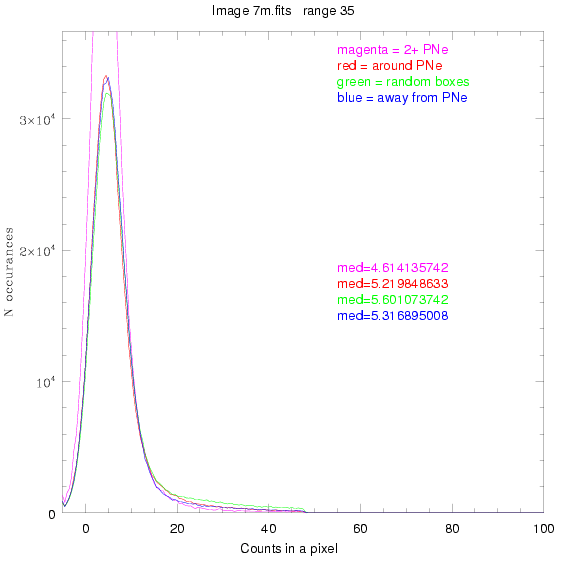
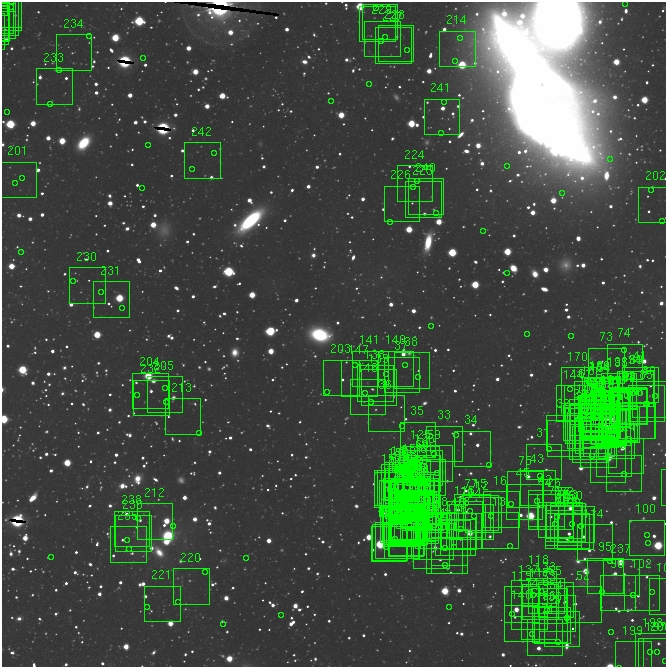
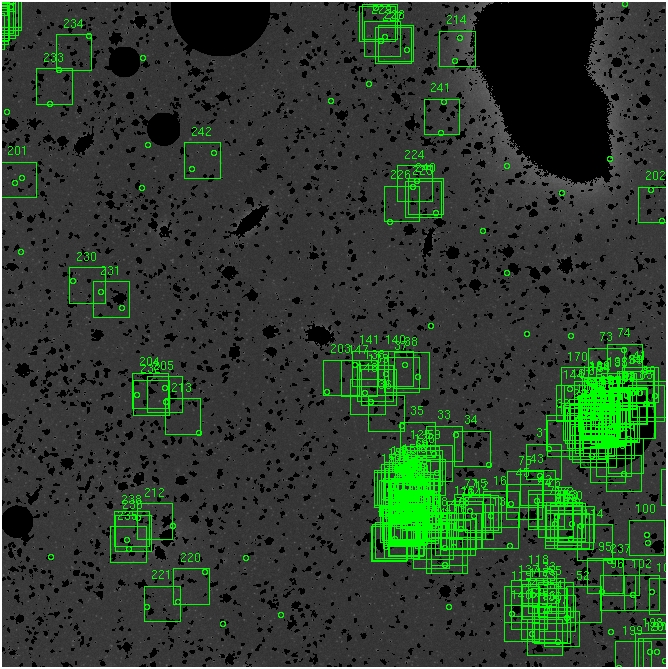
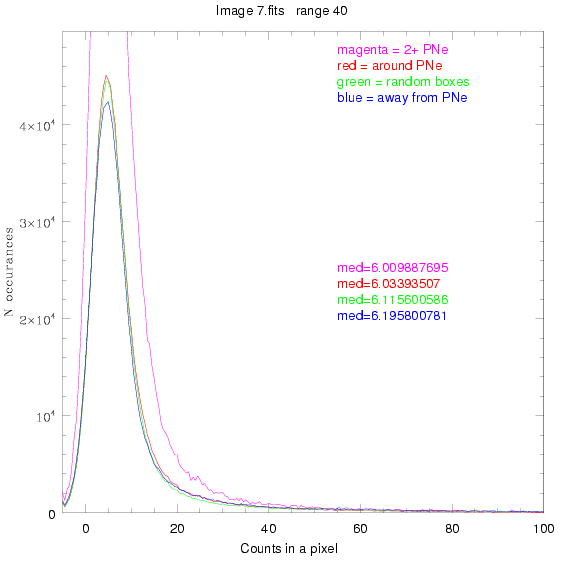
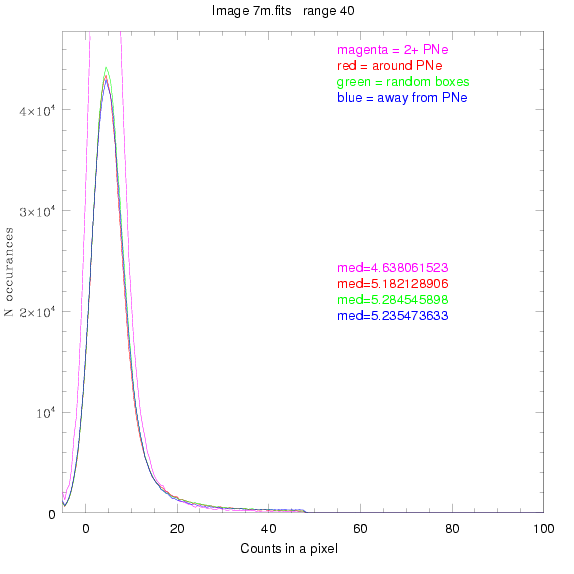
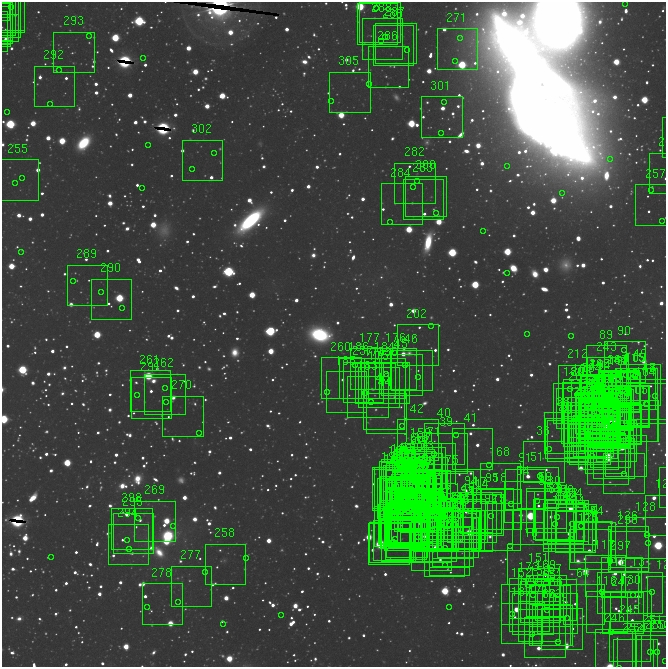

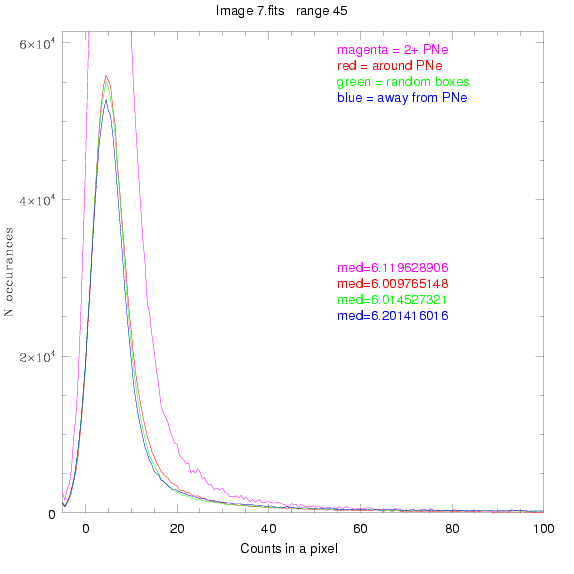
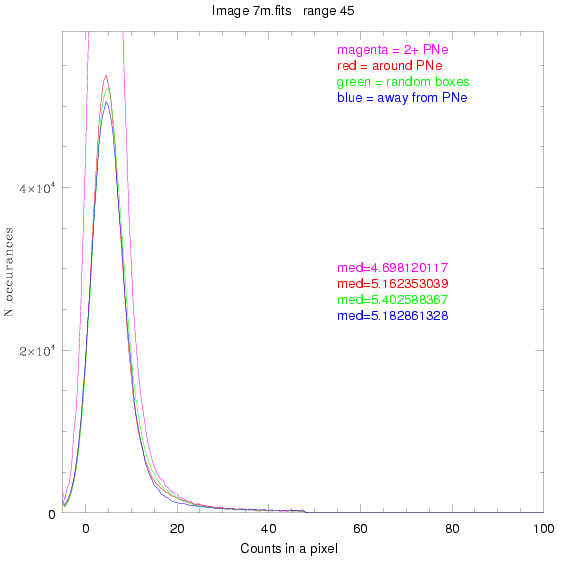
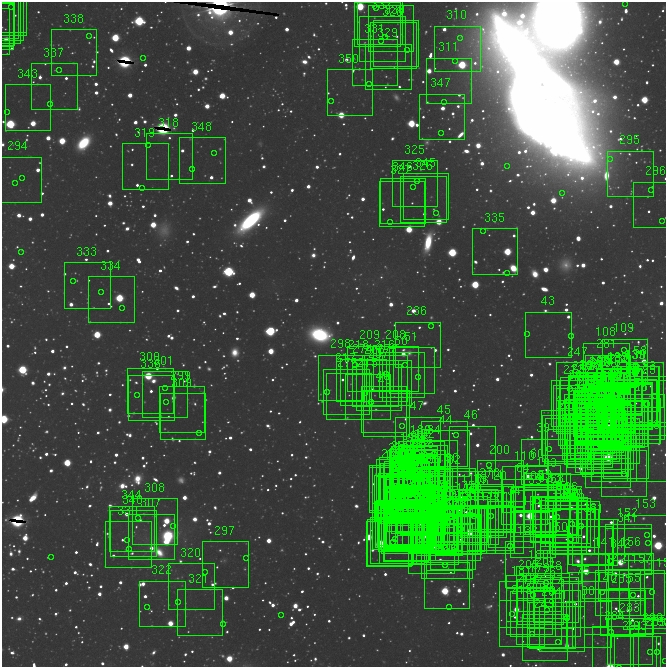

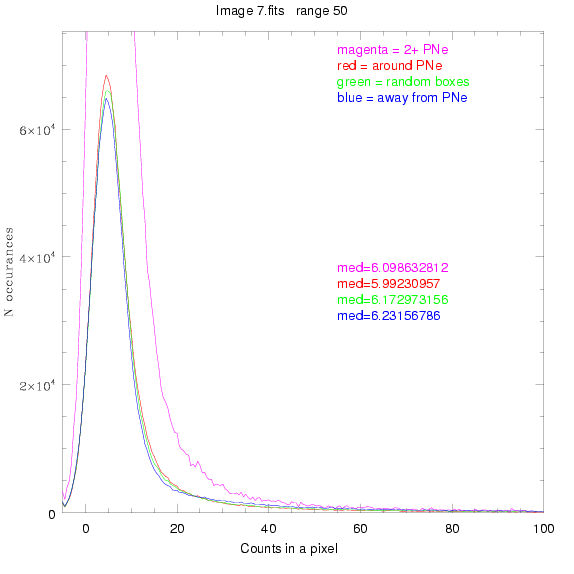


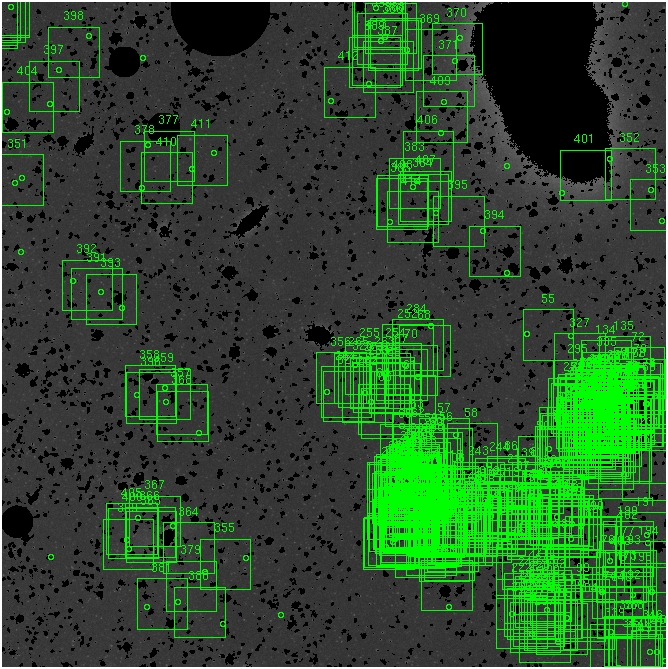

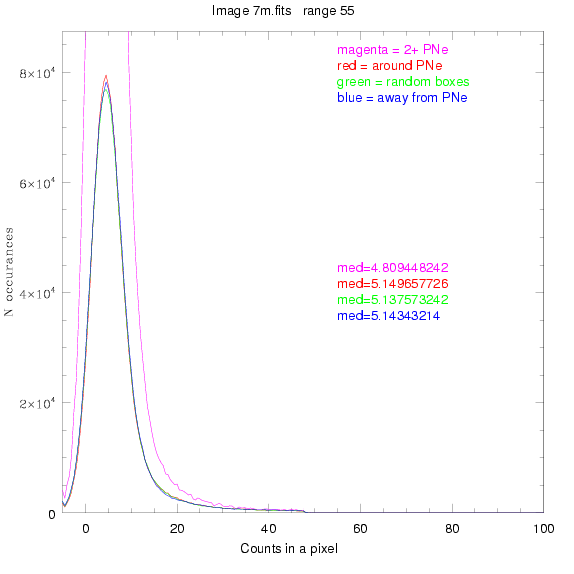
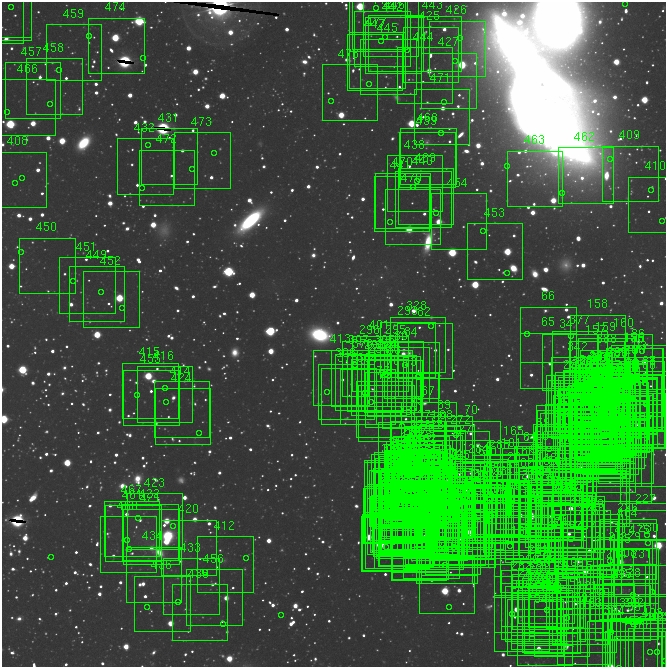
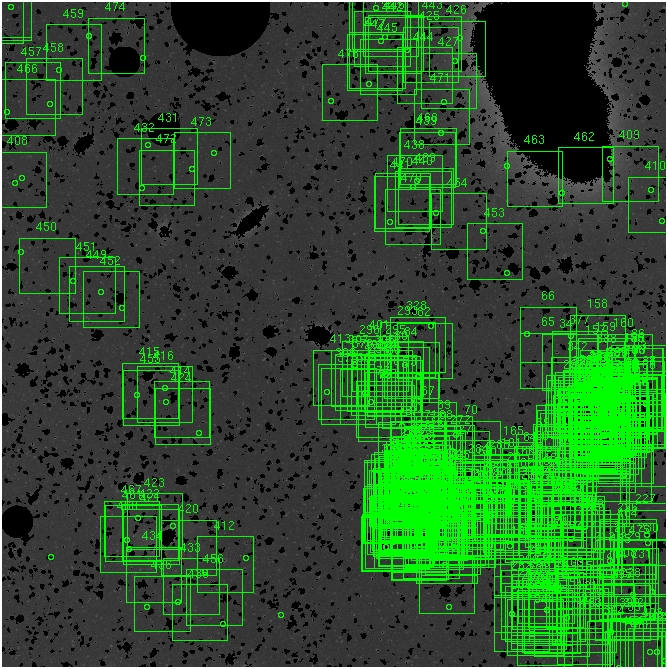
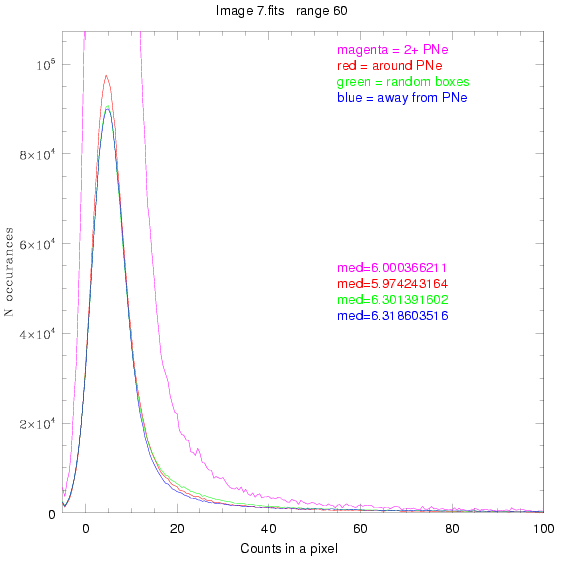
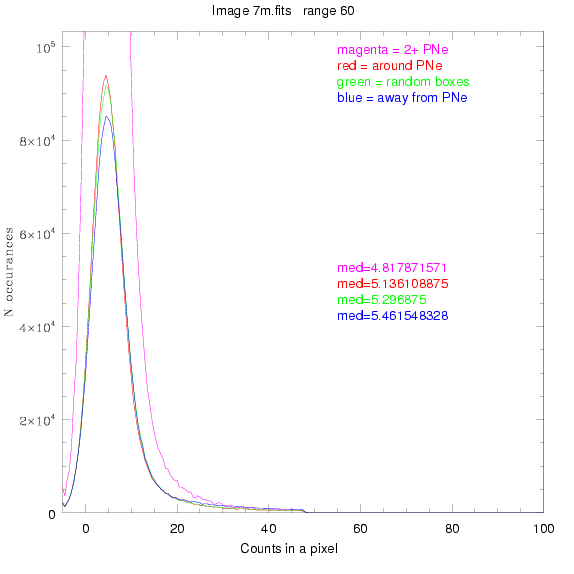
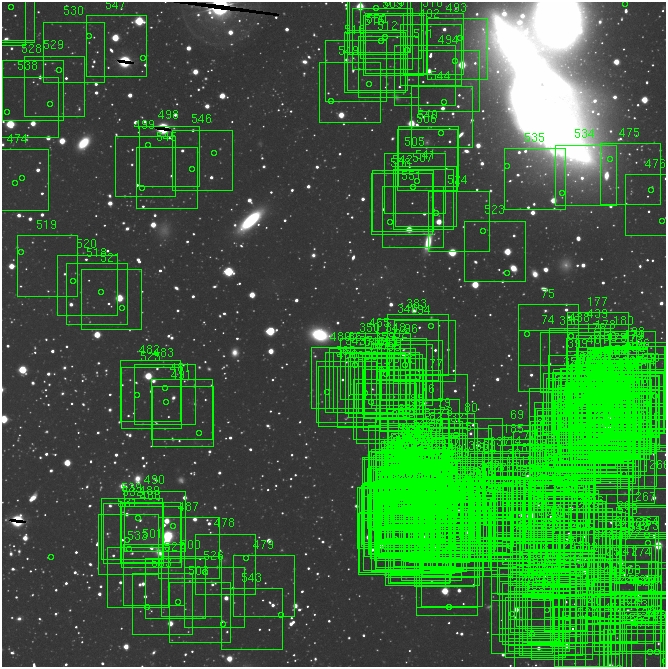
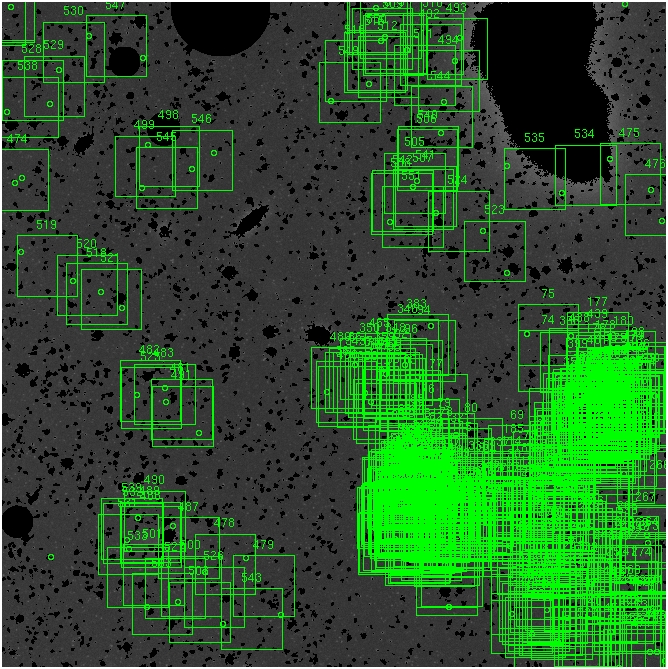
all 574px wide
Deltas

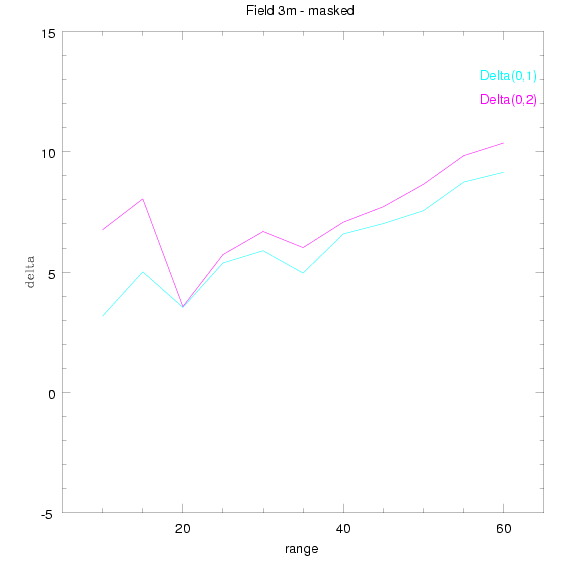
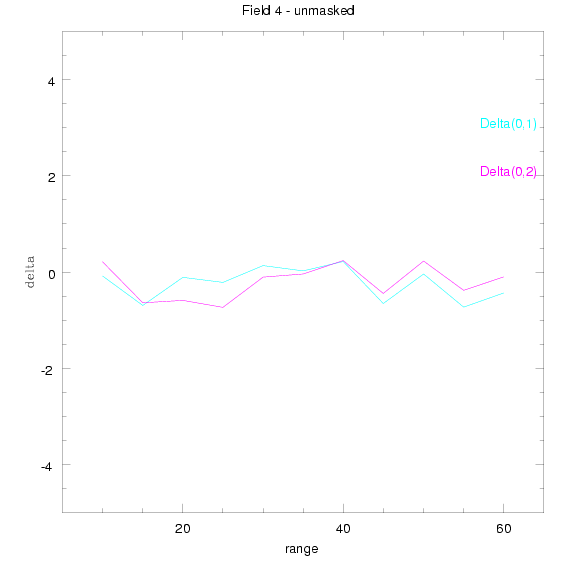
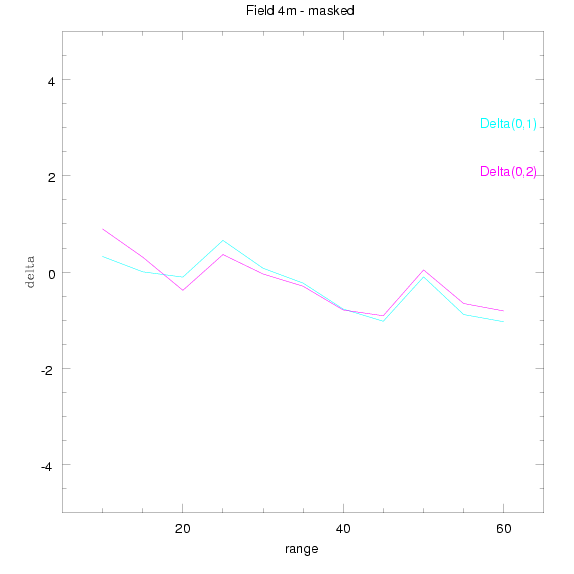
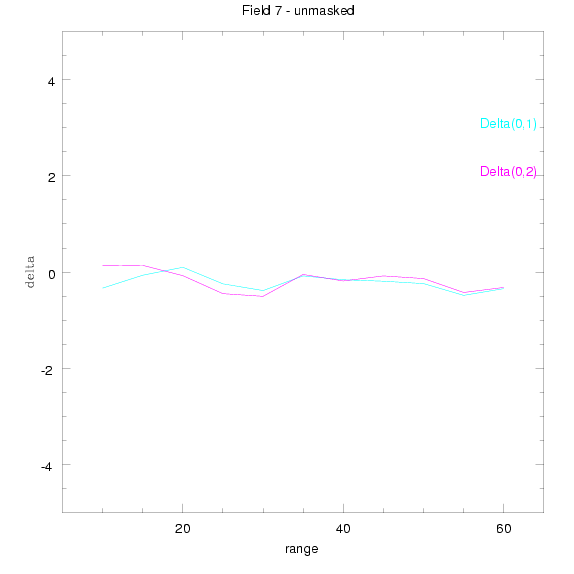
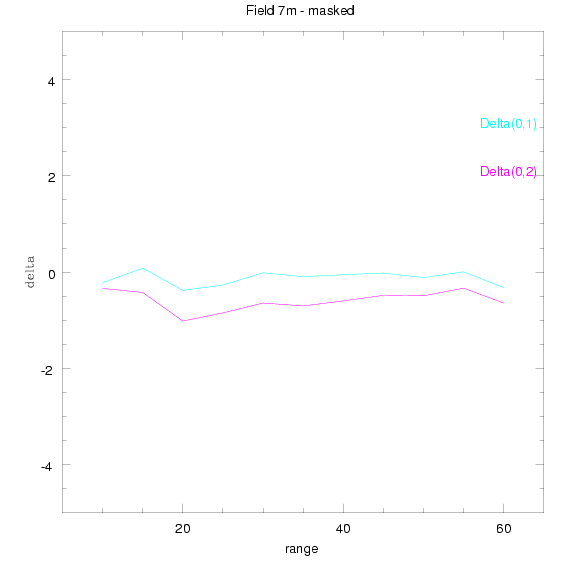
Well, what next?
PNe7 - version - Monte Carlo-ing the
data to get error bars!
Back to previous PNe stats page
Back to MCu stats page
Back to main Virgo page





















































































































































































